Sadly, the world of international travel changed dramatically in March 2020, thanks to COVID & the global pandemic. Here we are much more than a year later (summer/fall of 2021), with international travel slowly & cautiously returning to some degree.
I recently returned from my first voyage outside of America in almost two years – what a thrill! I enjoyed 2 weeks in Europe (Aug. 27- Sept. 11th) with visits to Sardinia (Italy), Munich (Germany), and Salzburg (Austria). Of course, there was some travel trepidation, but I’m delighted to report the trip went great & I felt safe the entire time!
In this blog post, I am sharing journey highlights, along with a focus on what I personally experienced in this “new travel reality” in the time of the Coronavirus. I hope it may be helpful as you plan or contemplate future travel. Of course, every country is different and, just like the virus, the rules & regulations are constantly changing – so this is simply a snapshot in time.
Trip Planning
I began planning my trip back in January, knowing that anything could happen with COVID & travel restrictions before I left 7 months later. However, by design, my trip itinerary was a flexible one, including using United frequent flyer miles that could easily be cancelled. Plus, I was primarily visiting two sets of European friends so I would have extra local safeguards in case anything happened while there.
I personally know a lot about COVID, being a nurse in a community health center in San Diego, working on the front lines of the pandemic since the start. So, it was disheartening to see the more infectious & potent Delta variant take over in the U.S. & Europe (and much of the world) by this summer. Just as things were really improving with the vaccines, Delta changed everything and sent us backwards – including many summer travel plans being cancelled once again. Luckily, not mine! 🙂
My Final Itinerary
I spent most of my trip with good German friends Regina & Axel, who live in Munich, and are physicians. They were spending their 3-week summer holiday in Sardinia, so I flew directly to Sardinia to join them for their last 5 days. We returned together to Munich for the weekend & then I traveled to nearby Salzburg, Austria to visit another friend Daniela for 3 days, before returning to Munich for my final two days.
So with hope & a prayer, I booked my award-mile international flights in January and then did a wait and see (like all travelers these days). Once it looked hopeful the trip would likely be a go in July, I booked my Salzburg hotel with a 3-day cancel. However, up until the end, I worried that a new virus outbreak or increased travel restrictions might derail the trip.
Like many other travelers, I had a schedule change on my original flights. I had booked the non-stop San Diego-Frankfurt flight on Lufthansa. But that flight was cancelled a few months later so I easily rebooked on a United connecting flight. Understandably, German-based Lufthansa was not bringing a lot of European travelers to the U.S. since America’s borders have continued to remain closed to most European travelers.
Final Trip Prep & Documents
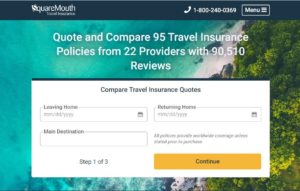
As for international travel documentation, it’s a challenge sorting through the ever-changing entry regulations to make sure we travelers have the proper documentation and tests we need for each of the countries we’re visiting.
For this trip, I had to worry about entry rules for Italy, Germany and Austria. Of course, I am vaccinated (Moderna) and carried my COVID vaccine card for proof. Flying United, I was sent emails before the trip with a link to the United Travel Center with more links to the different European requirements.
For me, it appeared the strictest rules applied to Italy, where I needed to show a vaccination card and a recent COVID test. The rules stated the test needed to be taken no more than 72 hours before arrival in Italy (at the Olbia, Sardinia airport). (copy of my documents above)
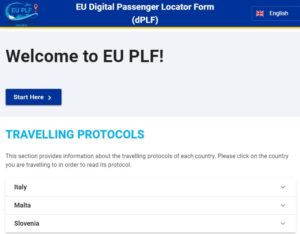
On Thursday evening, I went online to fill out the comprehensive European form – the EU Digital Passenger Locator Form (dPLF). Upon successful completion, I got an email with a PDF of the approved form with a QR code that I could show at the airport. Turns out, I definitely needed this form for my flights so it’s good that I filled it out ahead – or I would have been doing it at the airport counter (not so easy!).
My International Flight to Frankfurt & Sardinia
My flight routing: I flew United from San Diego to San Francisco, then SFO to Frankfurt, Germany. After a long layover, I flew Lufthansa to Olbia, Sardinia. So, at initial check-in with United in San Diego, I had to show my passport, my vaccine card, and my EU Passenger Locator Form (dPLF) to make sure I had everything I needed to enter Italy.
Before boarding the flight in San Francisco, I again had to show all three documents. I was booked in coach (my usual) for the 11-hour flight to Frankfurt. However, thanks to COVID & decreased international travel, the flight was only a quarter full back in coach. The B-777 coach seats were 3-4-3, so I had the entire middle 4 seats to myself! What a treat!
The delightful flight attendant Heinrich told me the plane holds 350 passengers, with only 150 people total on this flight including first class and business (which were full). However, back in coach, there were only 68 passengers in the 266 seats. So, I was able to get 6 hours of sleep, fully reclined. Joy! Yes, non-packed flights are one advantage of international travel during the time of COVID.
Getting Shut-Eye at Frankfurt Airport’s “Transit Hotel”
Unfortunately, I had a 6-hour layover in Frankfurt, which is no fun after a long, all-night flight. So, in advance, I had searched for lounges and other airport sleeping options. I was delighted to find & book the “My Cloud” transit hotel conveniently located right in the terminal where I was arriving.
And it worked out perfectly. I checked into the lovely “hotel” for a 4-hour stay which cost me 104 euros ($123). The small but comfy room had a bed, toilet, and shower. It was all I needed to get some more sleep and freshen up for the last leg of my journey.
Coming back out into the Frankfurt terminal, I could hear occasional overhead announcements that medical grade masks were required in the airport. In catching my final 1.5 hour flight to Sardinia, I only needed to show my boarding pass, since I was already in the EU and documentation had been checked back in the States.
Welcome to Sardinia, Italy
I landed in Olbia, in the northeast part of Sardinia, at one of the island’s three airports. My friend Regina was there waiting to drive me the one hour north to the resort town of Palau, where their vacation home in the village community of Stazzo Pulcheddu was located. The long-awaited vacation had begun!
Before this trip, I knew almost nothing about Sardinia. Turns out, it’s the 2nd largest island in the Mediterranean (after Sicily) and is located just below Corsica (part of France). (see Italy map above) It’s around 116 miles (186 km) from the Italian coast with ferries taking an average of 10 hours.
Sardinia has mountains, dramatic boulders, nature reserves, and beautiful beaches – considered among some of the best in the world. It’s definitely a summer playground for Italians, along with Germans and other Europeans. It’s not well known by American travelers, as evidenced by the fact that Rick Steves’ Italy guidebook doesn’t mention it.
My/Our Sardinia Summer Holiday Lifestyle
I spent 6 nights with Regina & Axel in their rental home right next door to their Italian cousin’s (Giuseppe & Sabina) vacation home, which has been owned by Sabina’s parents since the 1970s. Their home was filled with 3 generations – grandparents, parents, their 3 boys & one nephew. Like many Europeans, Sabina & Giuseppe spend 3-6 weeks here on their summer vacation.
So I enjoyed wonderful, leisurely days with my new extended Italian/ German family. We would walk to the nearby Café for our morning cappuccino around 10:30am. Then around noon, we would pack everyone up and head off by car to one of the beautiful beaches in the Palau area, which is part of the Costa Smeralda (Emerald Coast). We went to a different beach each of my 5 days there.
- L to R: Sabina, Guiseppi, Axel & Regina & dog Pumba!
- Regina & Axel at beautiful viewpoint
We would spend all afternoon at the beach (until around 6:00pm), before packing up & driving back home. The water was clear & warm (around 78 F / 25.5 C), offering some nice ocean swims. Some beaches were long white sand, easy to get to & filled with people, while others were beautiful boulder-lined bays, more sparsely populated & reached by a long hike.
On the way home, we would shop for food for that evening’s dinner – including at the local fish shop, butcher shop or produce market in Palau along with the delectable Dolcezza Napoletana pastry shop. Sometimes we hit the local grocery store closer to the resort home for the basics.
Dinner was a family affair, with great Italian cook Sabina leading the effort of feeding 11 people. The meal, with multiple courses, usually started around 9:30pm and lasted up to 2 hours. Conversations were lively and took place in Italian, German and English. It was such a fun, different world from my single life in San Diego!
Sardinia & COVID Precautions
Our family unit was “COVID safe,” with all of us vaccinated and practicing COVID precautions so we were able to be safely unmasked around each other. Plus, Regina & Axel are physicians back in Munich who also deal with COVID.
So, happily, I was spending time with people who took COVID seriously. And so does Italy (and the other parts of Europe I visited). There were signs about COVID everywhere we went, including in the bustling resort town of Palau, with the usual precautions listed – masks, social distancing, hand washing, etc.
- The local grocery store where everyone was masked!
When people were outside, they weren’t wearing masks, but as soon as we stepped inside a shop or store, our masks went on. And almost everyone was wearing good quality masks – either the blue medical grade surgical masks or the even better white KN95 masks.
In fact, Regina gave me a spare KN95 (aka FFP2) mask which I really liked. I soon adopted the handy way of keeping your mask close by when not needed – by wearing it on your upper arm. (as modeled by Sabina above) When at the beach, we didn’t wear our masks, but we took them with us whenever we would go to the beachside café for lunch.
- Regina & I at the Palau harbor
- The ferry boat from Palau to Maddalena Island
I also did a little Sardinia sightseeing with Regina & Axel. One afternoon, we took the 20-minute ferry from Palau over to the nearby island of Maddalena (above). We walked around its cute main town & enjoyed a seafood lunch – mine was octopus (pulpo) – followed by a gelato.
We also explored the hilltop town of San Pantaleo where I seem to remember we needed to show our vaccine card to have food or drink at their outdoor café Nina.
Flying Sardinia to Munich
Saying a sad goodbye to the beach life that Friday afternoon, I flew back to Munich with Regina & Axel on a Lufthansa flight. When Regina returned the rental car at the Olbia airport, they only allowed one member of a family in the rental building. For the flight to Germany, I needed to show my passport, boarding pass, and vaccine card.
That evening, we went to dinner at one of their favorite Italian restaurants (La Terrazza) in their Munich neighborhood. To be served, we all had to show our vaccine cards. This would be a common occurrence for the rest of my trip in Germany & Austria. I always made sure I carried my physical vaccine card with me, along with a photo of it on my phone.
Regina told me that up until recently (around early Sept.), the FFP2 (similar to KN95) masks had been required for public transport and shopping in Bavaria. Now they were also accepting medical / surgical masks like the rest of Germany. Both these types of masks certainly offer more protection than the cloth masks, bandanas & scarves that many wear in the U.S.
Heading to Salzburg, Austria by Bus
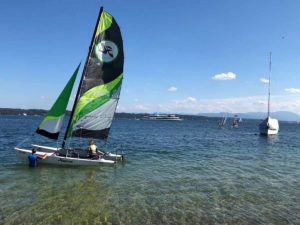
The original plan was to take the train from Munich to Salzburg, which takes just 1.5-2 hours. However, Deutsche Bahn’s locomotive engineers were going to be on a multi-day strike that day. Regina helped me book a 2-hour bus ride on FlixBus, along with booking an Uber to take me from their house (in the suburbs) to the central bus station in downtown Munich (a 30-minute drive).
FlixBus also required COVID documentation – either a vaccine card, a recent negative COVID test, or proof of a previous positive COVID test and document of recovery. Boarding the bus, I had to show my ticket, passport and vaccine card. And, of course, masks were mandatory.
Arriving in Salzburg at 11am, my Austrian girlfriend Daniela was there to pick me up. I had booked a hotel in the Old Town area for my 3 nights in Salzburg, but Dani & I arranged to spend some time together in between her work as a wedding planner.
Enchanting Salzburg, Austria
Salzburg and the surrounding Austrian Alps & Salzkammergut lake district have been charming visitors for a long time. I plan to write a full blog post soon on just Salzburg so I will just hit the highlights here, including those that are related to COVID protocols.
That first day, Dani drove me out to the beautiful lakes of Fuschl and St. Wolfgang. We had lunch at a lovely hotel (in a former villa) at their lakeside terrace café (above right) – along with a post-meal cappucino! – and then toured the cute, nearby village of St. Wolfgang.
We then drove to the Schloss (castle in German) Fuschl luxury hotel (below) for a drink & a delicious apple strudel on their lakeview terrace. Both places needed to see our vaccine cards, even though technically on outside terraces.
We arrived back in Salzburg & Dani delivered me to my lovely Boutique Hotel Am Dom with just 15 rooms. Once again, I needed to show my vaccine card. The hotel included a nice breakfast each morning and we didn’t need to wear masks in the breakfast room. However, guests had their own table, along with our own serving utensils for the buffet items.
Tour of Hitler’s Infamous Eagles Nest
The next day, Dani picked me up for an excursion to “Eagles Nest” (aka Kehlsteinhaus). Eagles Nest was a mountain retreat built in 1938 for Adolf Hitler & members of the Nazi party. It’s a popular visitor attraction about a half hour from Salzburg, near the town of Bertchesgaden.
Visitors need to park below and take a special bus up the mountain to another parking area, where you walk into a tunnel to catch the gilded elevator up to the top. There you can tour the house, enjoy the restaurant or beer garden, and take in beautiful mountain views.
Like many attractions, you must show COVID documentation to get on the Eagle’s Nest bus. They offered a nearby COVID testing station for those who needed a rapid test (above left). Per the website, Eagles Nest was closed until recently (reopened May 28, 2021). There were certainly lots of visitors, but I would imagine much less than a normal summer.
It was a great excursion, with beautiful views and a sobering sense of history – seeing some photos & knowing that Hitler had spent time here. Dani & I decided to skip lunch on top and head back down the mountain for a less touristy meal on the outdoor terrace of the nearby luxury Kempinski Hotel – where once again, we needed to show our vaccine card.
More Salzburg Sightseeing
The rest of the time, I toured Salzburg on my own. As you might know, Salzburg & Amadeus Mozart are inextricably linked as Mozart lived here for his first 25 years. Of course, I had to attend a Mozart classical music concert, which I did one evening in the hilltop castle/fortress. The room held around 100 people, and we had to show our vaccine card to enter.
Another day, I took the funicular back up to the hilltop Hohensalzburg castle to actually tour for a couple hours. You needed to wear a mask the whole time, plus show your vaccine card to enter the inside museums.
I also toured the fascinating Mozart Geburtshaus (birth house), which is very popular with tourists. Surprisingly, it wasn’t that busy and there was only one tour group (of around 10 people) there. I’m sure during a “normal” non-COVID summer”, it would have been packed.
I dropped into the popular & well-known Café Tomaselli one afternoon to get a plum strudel and cappuccino. It was filled with tourists like me, with the two waitresses running around like crazy. So service was slow, and they weren’t very friendly. Dani explained that Europe is having the same problem as the States – with the hospitality industry getting busy again but they can’t find enough service staff. Sigh… ☹
Sound of Music Tour
“The Hills Are Alive with the Sound of Music!” Ah, yes, one of America’s most beloved family movies starring Julie Andrews & Christopher Plummer was filmed in and around Salzburg. The 1965 Academy-award winning musical film was based on the real-life story of Maria who became governess (and later wife) for Captain von Trapp and his seven unruly children who lived in Salzburg.
I was excited to take one of the popular 4-hour “Sound of Music” Tours, which take you to various sites around Salzburg to show you both filming locations and real-life places. We saw the actual von Trapp family home & the two others used for the movie (all from a distance), plus posed in front of the famous gazebo which had been moved to the grounds of the Hellbrunn Palace. I’ll tell you more in my upcoming Salzburg blog post.
Panorama Tours usually runs this very fun tour in their HUGE, brightly painted Sound of Music bus. However, with decreased numbers of American travelers (their main market), there were only 15 of us signed up for my 9:15am tour. So, they divided us into two groups, to travel in smaller 7-8 passenger vans with a delightful & most enthusiastic guide. As a result, we were able to see & do more on the tour!
Apparently, Panorama Tours just began running all their Salzburg tours again in mid-June due to COVID. Plus, their website states: Tour guests will need to show proof of vaccination, previous Covid infection or a recent test according to the Austrian 3-G rules. So, as usual, I pulled out my vaccine card to show.
My Train Back to Munich
My sweet hotel staffer helped me book my train ticket back to Munich for Thursday afternoon on the Deutsche Bahn (DB) website – since the strike was now over. Of course, good quality masks were required to ride the train and in the train stations – which everyone did. Once en route, the train employee who came through the car to check tickets did so electronically by scanning the QR code on my printed ticket (or on people’s phones) to keep it touchless.
The DB train website states: We’re doing everything possible to guarantee safe travel for our passengers. Help protect yourself and others by following the three main rules: maintain social distance, wash your hands and wear a medical mask.
Castles Tour – Neuschwanstein & Linderhof
On my final full day in Munich (a Friday), I booked an all-day Grayline Royal Castles tour to visit two of Bavaria’s famed castles built by German King Ludwig II in the late 1800s – Neuschwanstein Castle & the Linderhof royal palace. Once again, I booked an Uber to take me to downtown Munich to the Karlsplatz where our tour bus & guide Monika were waiting.
To enter the bus, I needed to show my ticket & vaccine card. Monika told us that because of COVID, the normal size of tour groups inside both palaces had been reduced from 60 to just 10 people (per law!). Gosh, it would be like our own private tour! Plus, visitors could not enter any of the buildings without the usual COVID proof – vaccine card, recent test, etc.
Our Castle Tour had just 37 people, so we all got to sit upstairs on the large double-decker tour bus with great views. Monika shared that pre-COVID at the height of the busy summer season, Grayline could fill 8 buses per day for this Castle Tour. This is another vivid illustration of the greatly decreased tourist numbers (from all countries) in Europe right now.
Our first stop was Linderhof, a beautiful French rococo-style palace inspired by Versailles itself and surrounded by immaculately manicured gardens. We were divided into groups of 10, with palace tour entry times spaced 5 minutes apart. The inside palace tour by a local guide took 25 minutes, giving us time to explore the beautiful gardens during our 1.5 hours there.
- Neuschwanstein Castle / Photo Credit: DepositPhotos
- View from castle over village of Hohenswangau
Then it was off to the small village of Hohenswangau for the day’s main attraction – the storybook Neuschwanstein Castle, which inspired the famous Disney Castle. En route, we took a quick drive through the charming village of Oberammergau. Located on a mountain overlooking the town & alpine lakes below, Neuschwanstein castle was indeed a sight to behold – both inside and out!
We arrived Hohenswangau around 1pm, giving us 3.5 hours in the area including time for lunch and getting ourselves up to the castle entrance (by shuttle or long walk). Our group had timed tickets (in groups of 10) for the castle’s 30-minute guided tour, with ours starting at 3:05pm. We needed to show our ticket & vaccine card to enter. And, yes, in a nutshell, the visit to this magical castle really delivered!
Monika told us we got lucky as the rules were changing the very next day for the palace visits, needing individual checking of COVID documentation which would take more time for groups. As a result, Grayline would be deleting the inside visit of Linderhof, and just keeping the outside garden visit. So, as it’s always been with COVID, rules & protocols are ever changing – sometimes positively and sometimes not!
Munich – COVID Test in the Metro Station
The Grayline bus returned to downtown Munich at 6:30pm just as it started to rain. So, I went downstairs into the adjacent subway/metro station to get out of the rain and search for a restroom. I had planned to get my rapid COVID antigen test – needed for return to the U.S. – by my doctor friend Regina, who was bringing a test kit home from her office to do that evening.
However, while in the metro station, I walked by a COVID testing site, so I stopped to ask more questions. Since it was free and seemed easy, I decided to get my rapid test there. The nice young woman filled out my paperwork on her iPad, and then with almost no wait, I was swabbed in both nostrils by a tech.
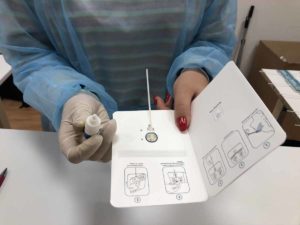
Flying Back to the U.S.
Sadly, my vacation had come to an end, and it was time to return home. My travel day happened to be Saturday, Sept. 11th on the 20th anniversary of 911! First, I enjoyed a lovely farewell dinner Friday evening with Regina & Axel and their grown son Johannes & girlfriend Leoni.
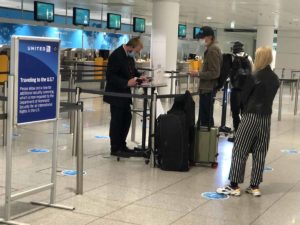
For many months now, the U.S. has required all airline travelers returning from abroad (whether U.S. citizens or not, vaccinated or not) to show proof of a negative COVID test taken within 3 calendar days of departure. Luckily, they do accept the easier-to-get rapid antigen tests. Here’s the State Department page with details.
In the check-in line, I met a nice couple from South Lake Tahoe who were on the same flight. Turns out, they missed this MUC-SFO flight yesterday because they didn’t realize they needed a recent COVID test to fly back home.
Munich airport does offer rapid COVID testing, so they were sent from the check-in counter to the airport testing but were initially sent to the wrong testing site. By the time, they got the test done and returned to the counter with the results, it was too late. So, United graciously rebooked them for the next day without penalty. But it was a painful lesson learned – and one I 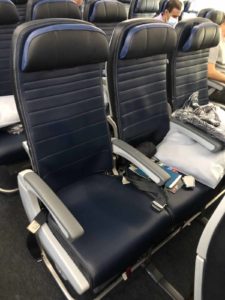
My 11-hour United flite from Munich to San Francisco was once again a good experience. Ahead, I had booked Premium Economy for an additional $137. The plane was a B-787 Dreamliner with 3-3-3 seating. My assigned seat was on the aisle on the right side with a couple sitting next to me. Luckily, Premium Economy was not really full, so I quickly moved to the middle section with 3 empty seats to myself! Regular coach in the back was a little fuller, but still lots of empty seats.
Summary / Final Impressions
So, I returned home to San Diego safe, happy & healthy after a glorious two weeks in Europe. I was feeling so blessed that during the time of COVID, my travel had all gone so smoothly. It was very encouraging to see how seriously Italy, Germany and Austria took COVID – and how the locals and visitors were very compliant with masking rules to keep everyone safe.
Some Final Thoughts:
- As mentioned, I can only speak to my personal experience in those 3 countries during the late August to mid-September 2021 time period. Thus, I can’t really vouch for the rest of Europe. But I would imagine many countries (like France) are equally diligent when it comes to COVID precautions.
- However, my German friend Regina did share that two different friends had returned from Croatia this summer and things were more lax there. Specifically, they visited the Istrian peninsula in the north of Croatia & Zadar on the Dalmatian coast. They both found there was not a lot of mask wearing nor social distancing.
- There are likely variations in different parts of a country (big city vs resort town), so it’s always hard to generalize for an entire country.
- Bottom Line: A particular country’s rules, regulations, and practices are constantly changing with COVID, so you need to keep on top of the latest news & research.
- When planning travel during the time of COVID, you need to remain flexible with your plans. In addition, pay close attention to the airline regulations & entry regulations of the countries you’ll be visiting, especially as the time gets closer to departure.
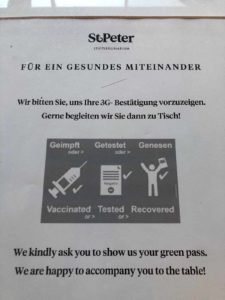
- a vaccine card (showing full vaccination, ie, 2 doses of Pfizer or Moderna, 1 dose of J&J)
- a recent negative COVID test (however, how recent & what type of test – PCR vs rapid antigen – can vary)
- proof of a previous positive COVID test & document of recovery (I would assume this means recent infection, likely in the past 3 months)
More Thoughts:
- I definitely recommend wearing high quality masks during all your travels – at minimum, the medical grade “surgical masks” or the even better N95/KN95, etc. This way, you stay better protected – plus help make sure you test negative before your return flight to the U.S.!
- Bottom Line: From my experience, it would be challenging to travel to Europe right now if you’re not fully vaccinated. Even if you’re able to enter the country (after a pre-flight test and possible quarantine), you would frequently need to show a recent COVID test. Thus, you would be spending time, energy and money locating testing sites every few days.
- Lastly, guard your original COVID vaccination card carefully. Here’s a good blog post from travel blogger Johnny Jet that may give you some helpful ideas – COVID Vaccine Card Tips Travelers Should Know.
- Here’s an April 2022 article from American News Report that might also be helpful – Must Know Covid-19 Requirements for Air Travelers to the U.S.
COMMENTS: Have you traveled to Europe recently? How was your experience? Are you holding off your international travel to 2022?

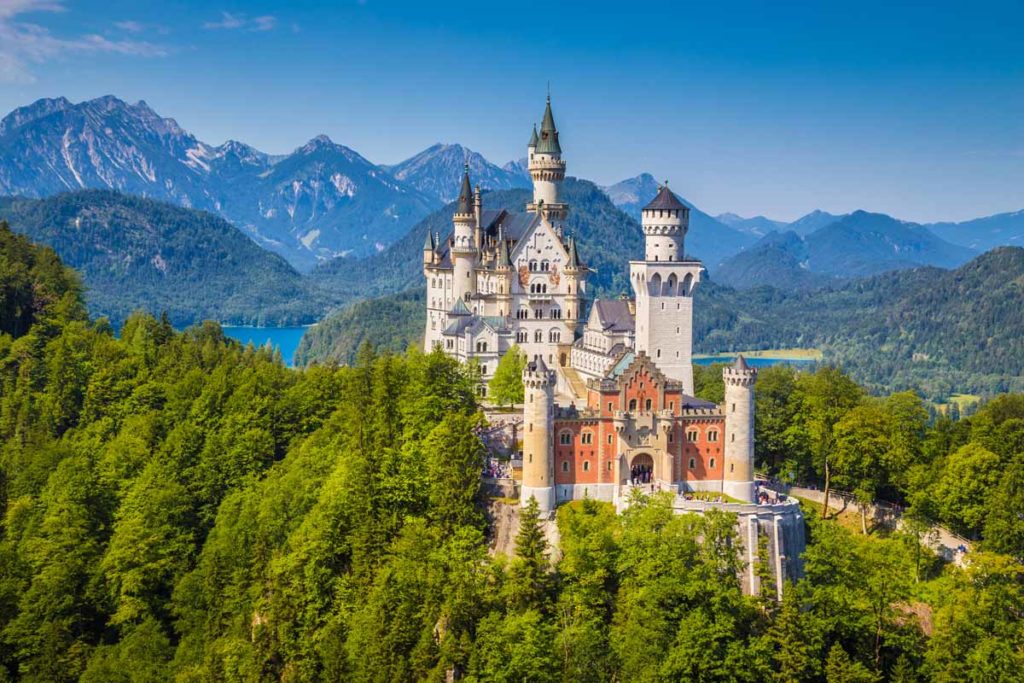
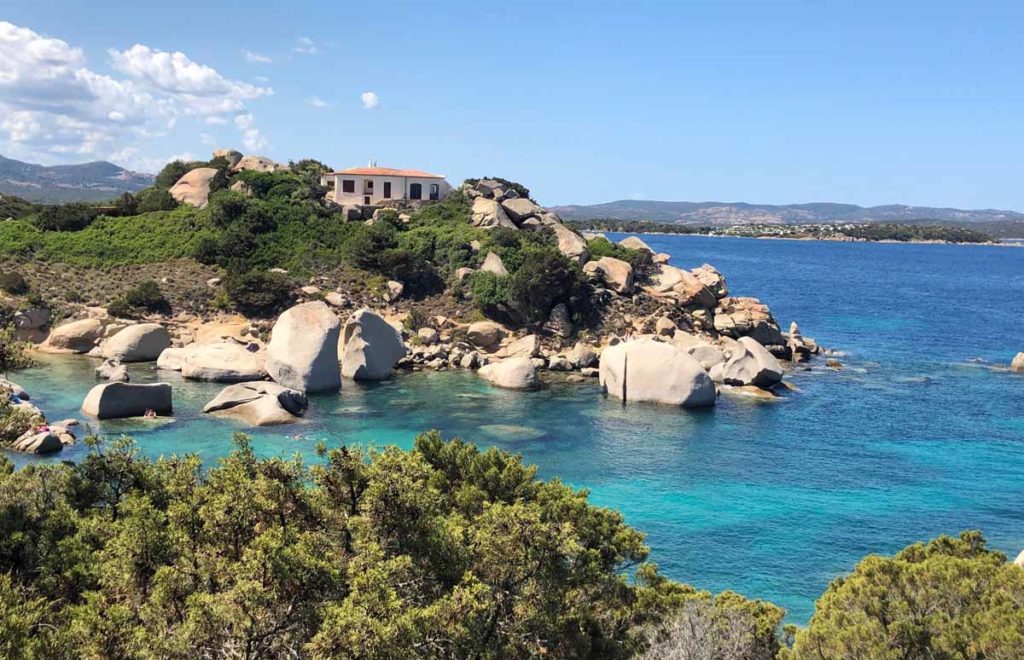
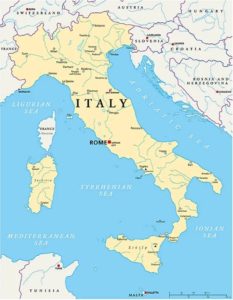
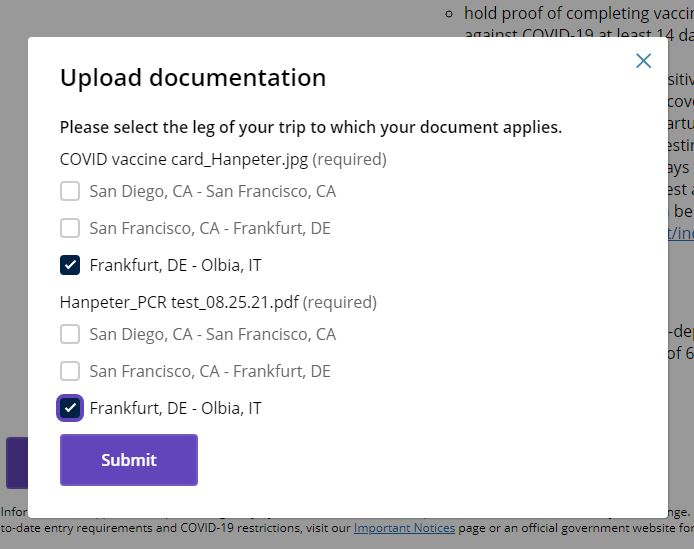
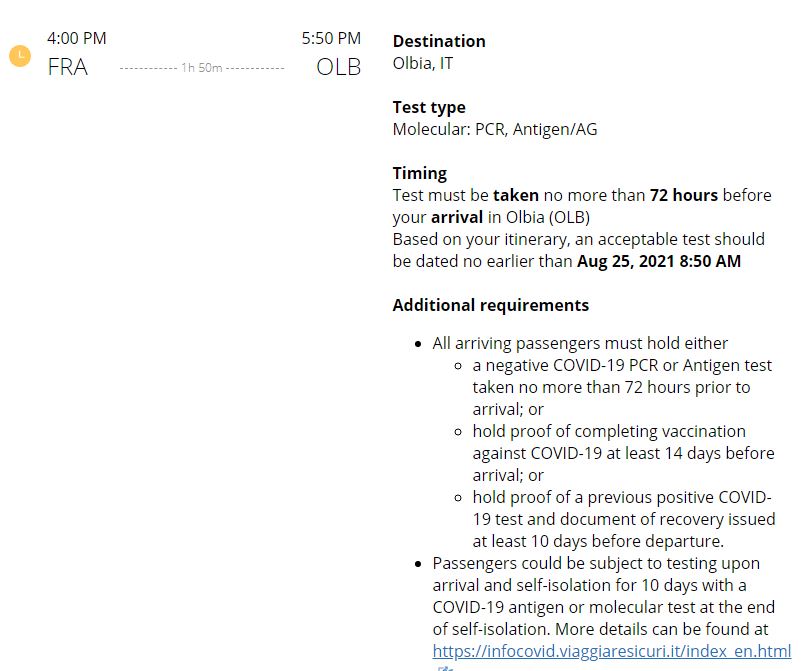
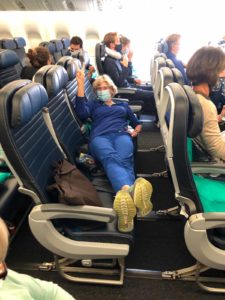
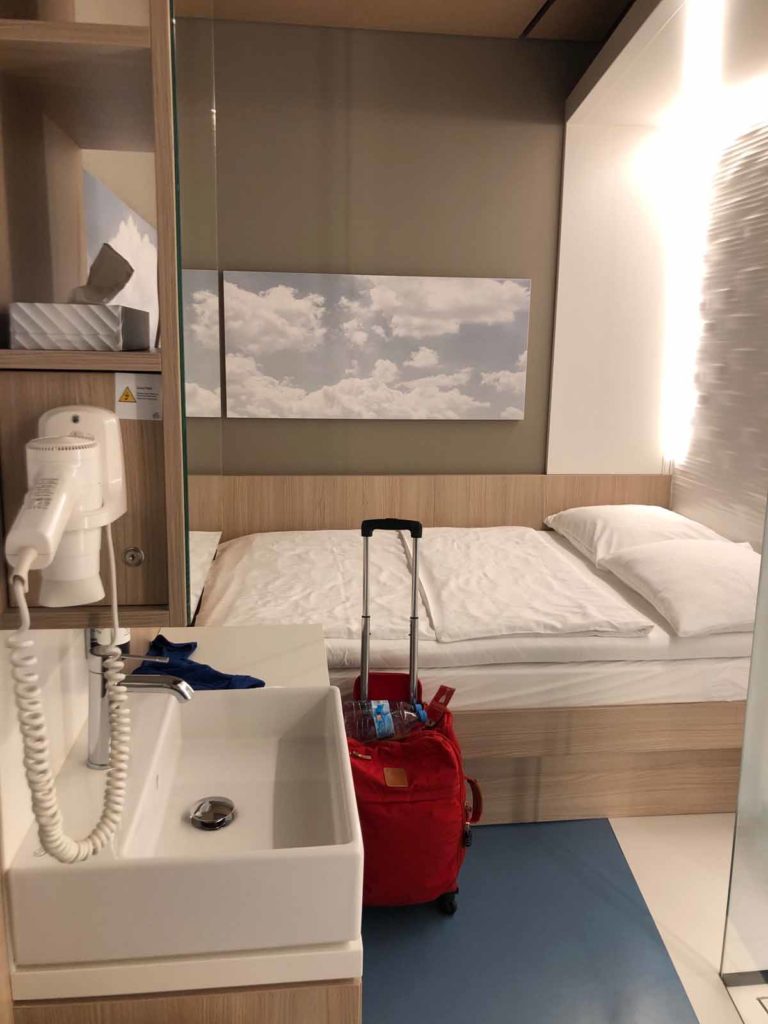
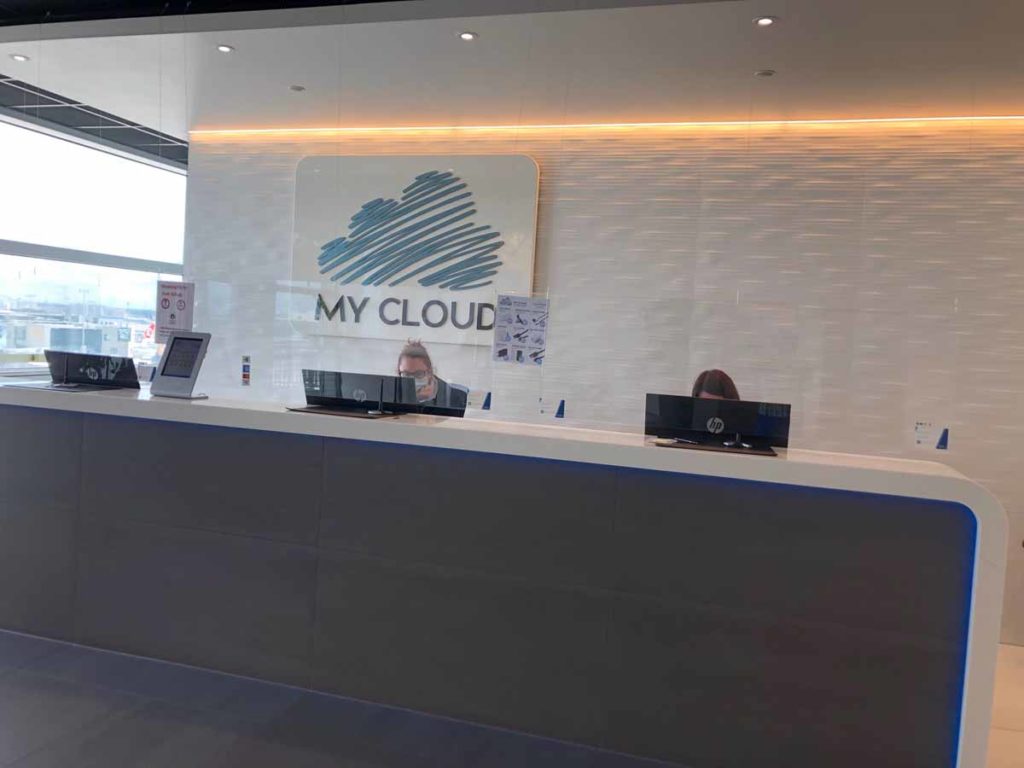
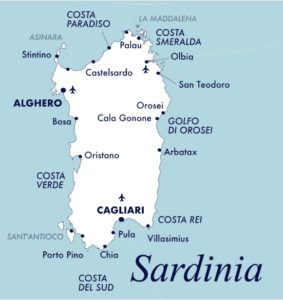
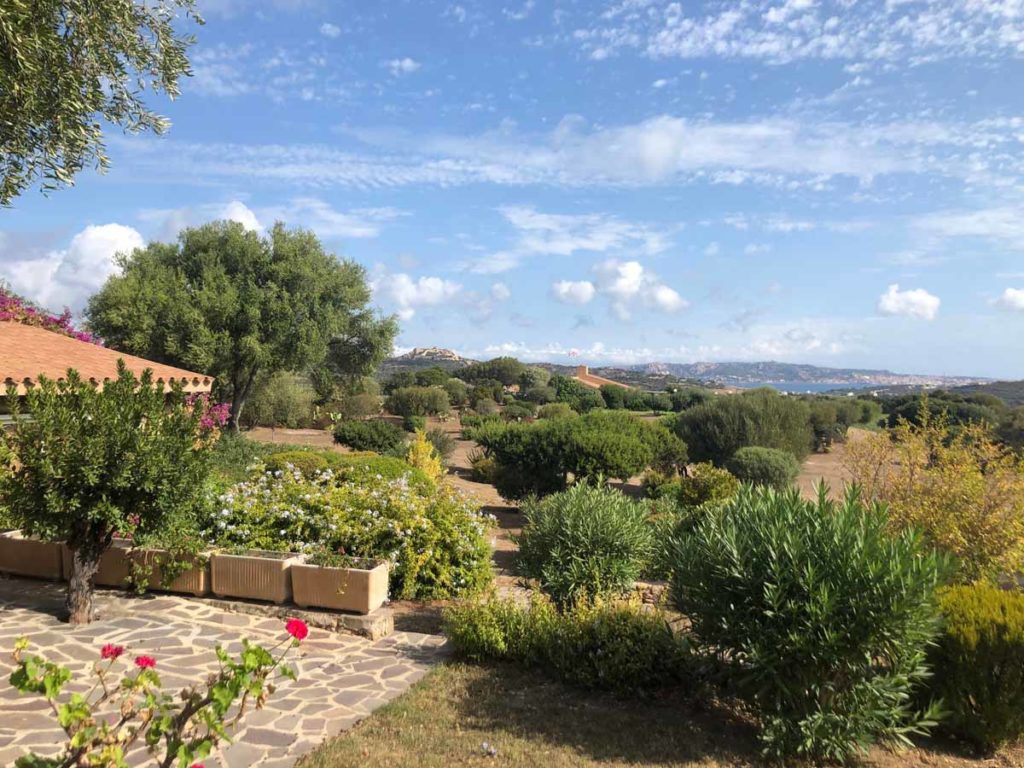
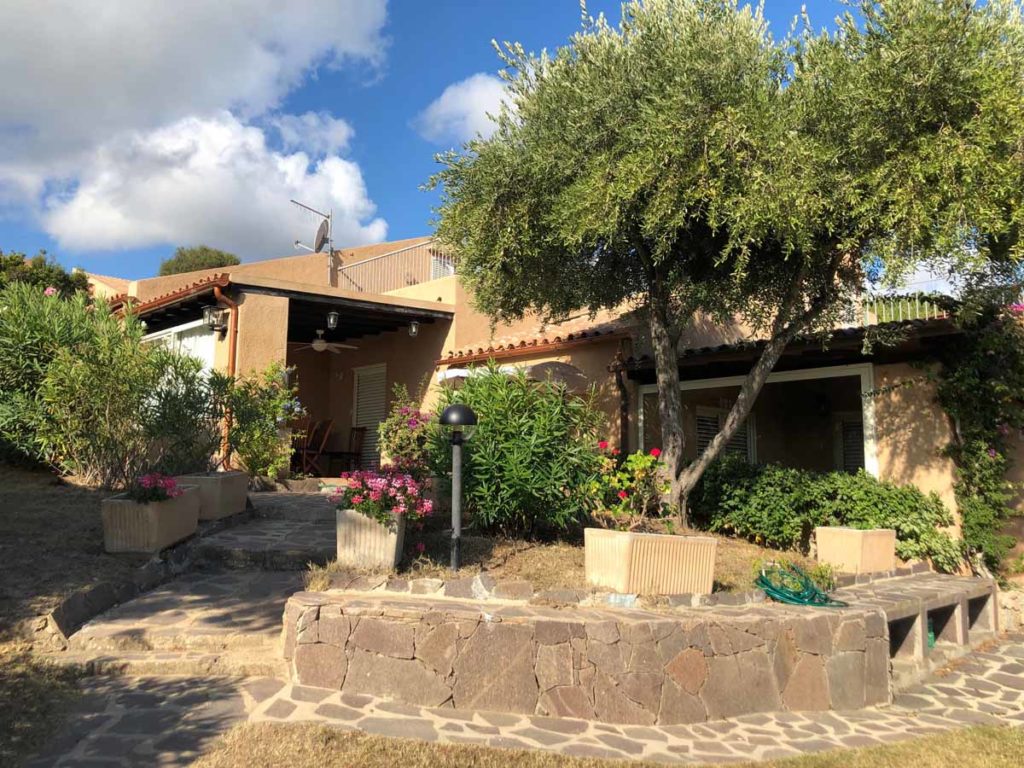
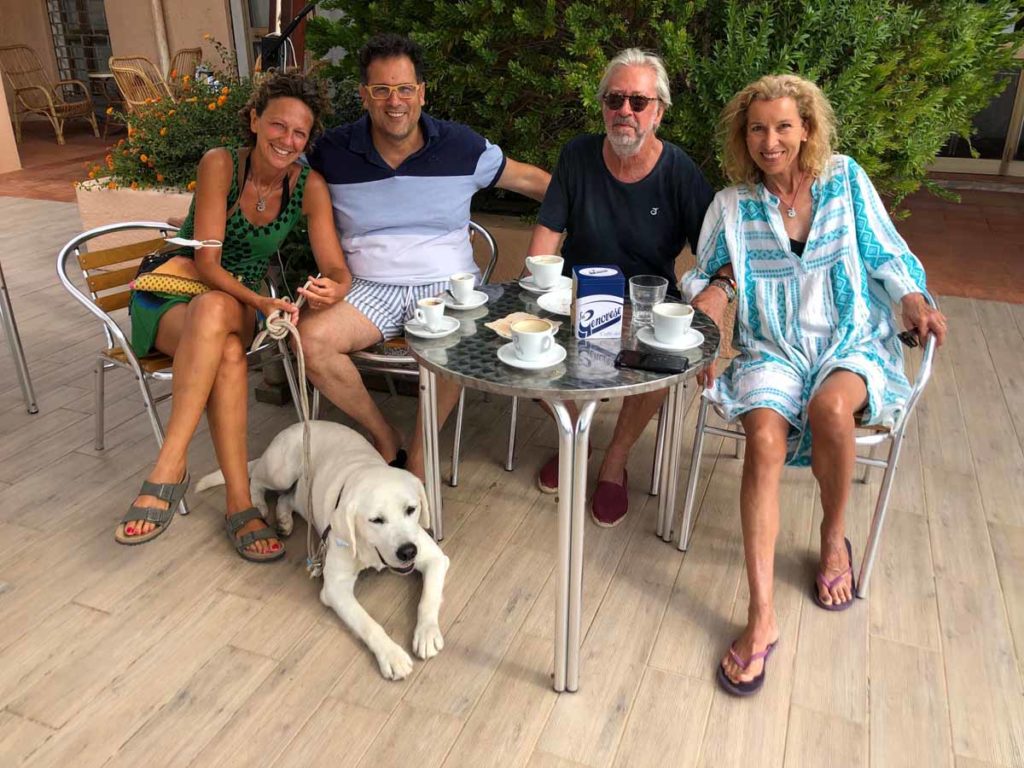
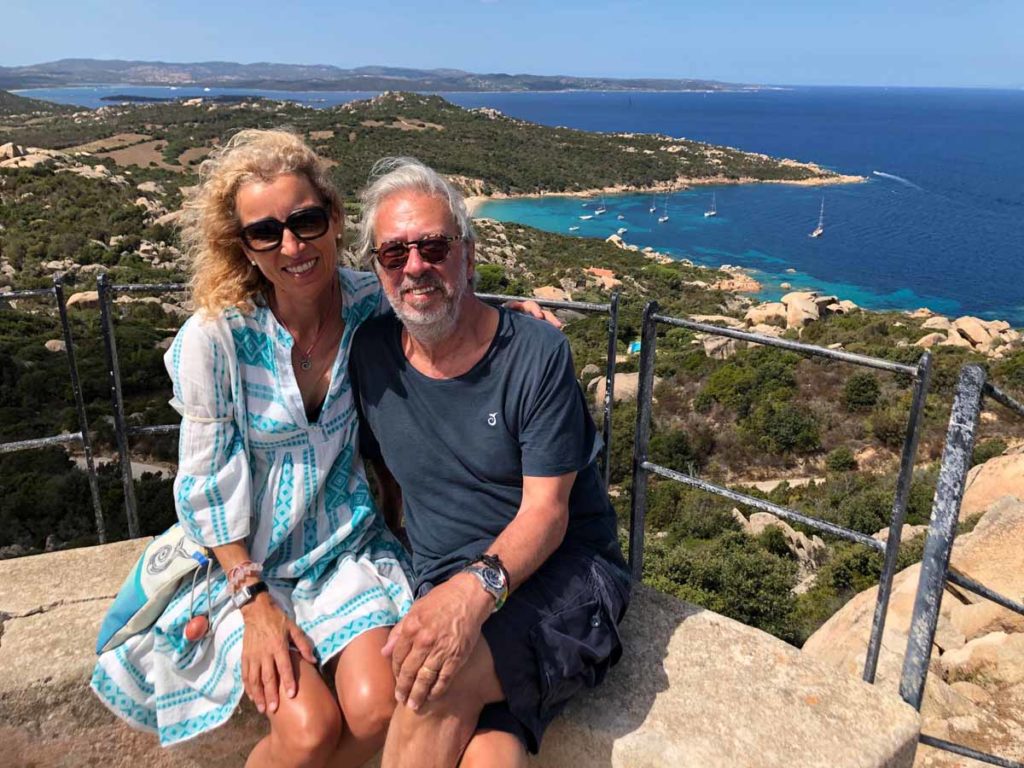
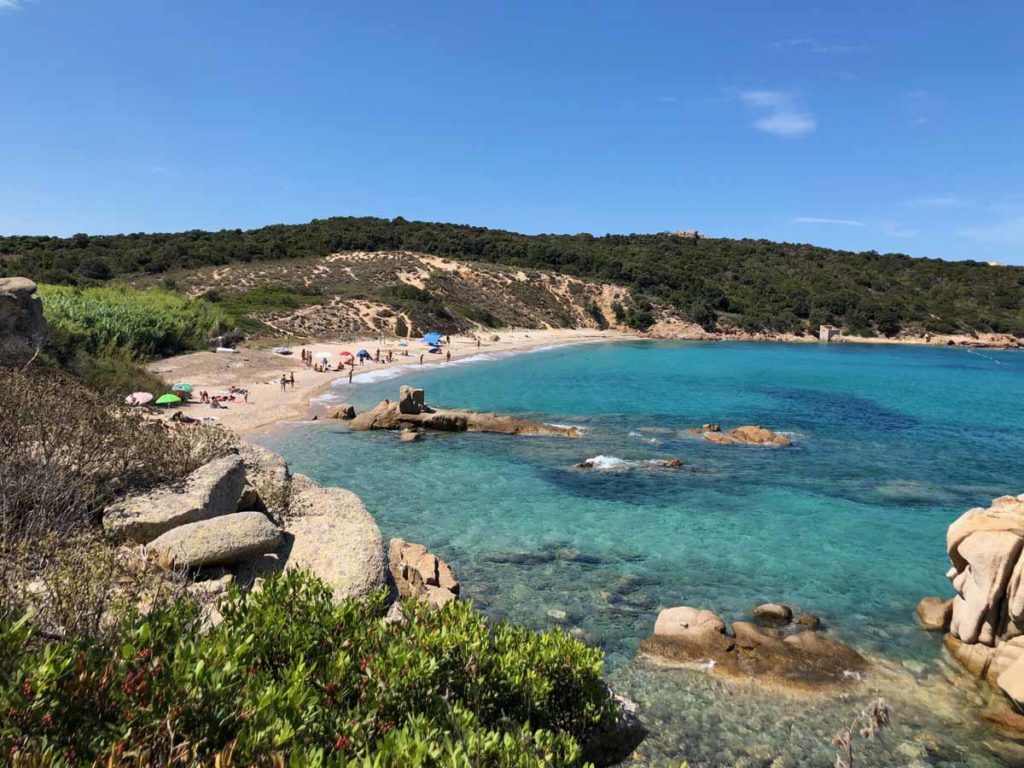
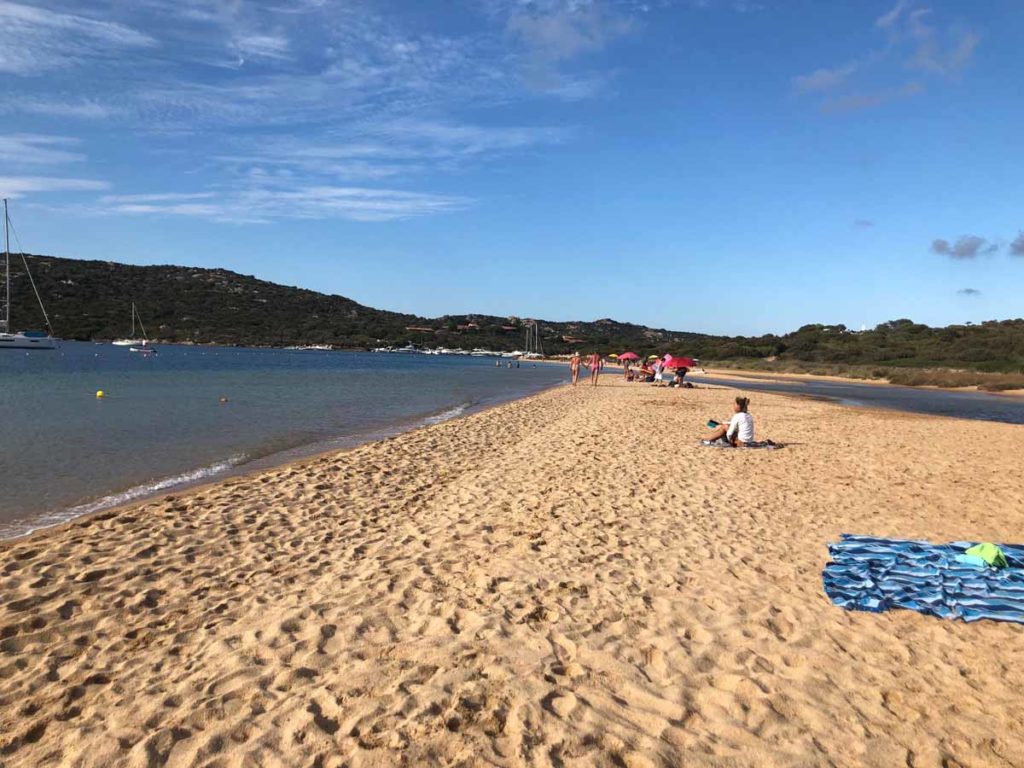
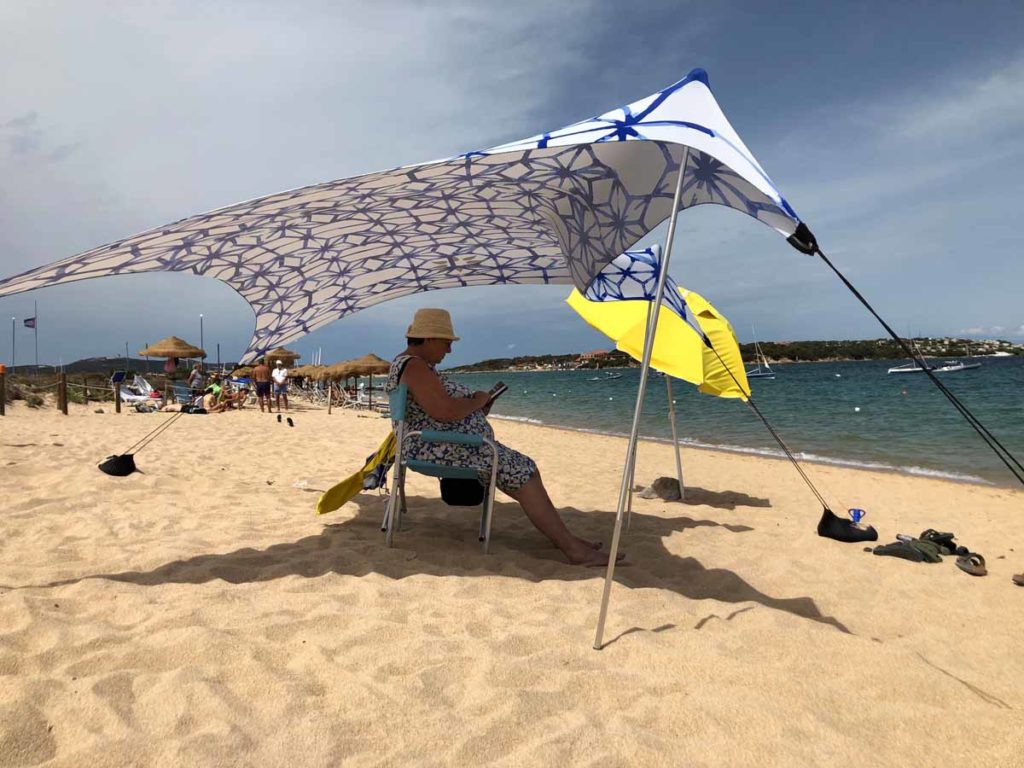
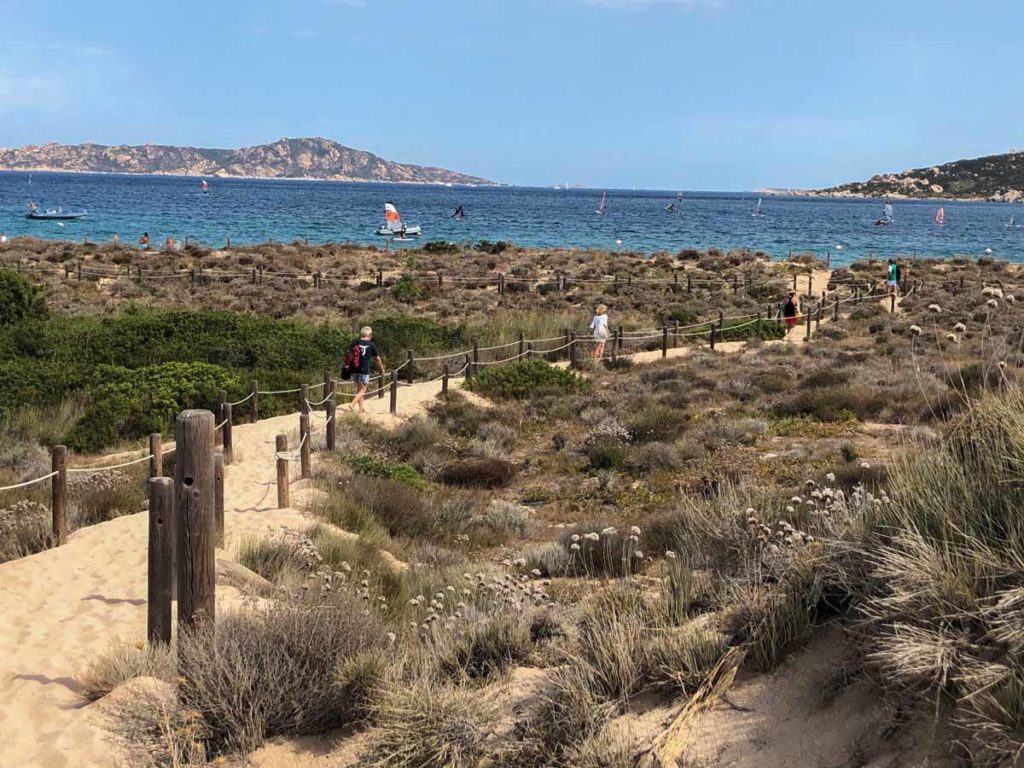
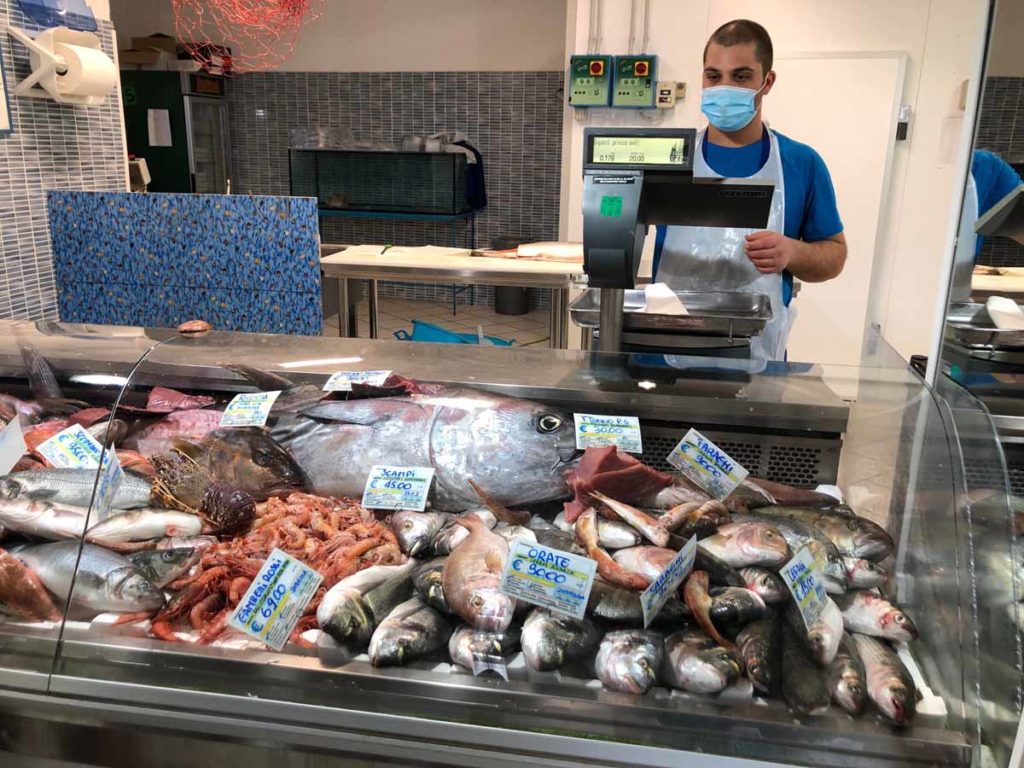
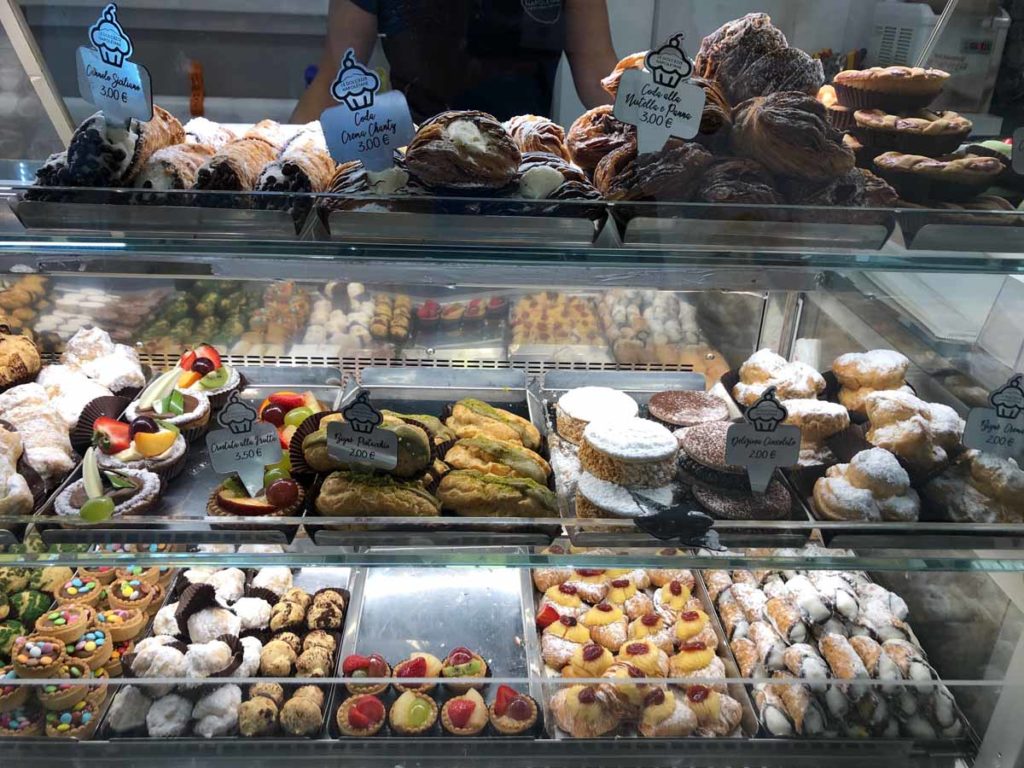
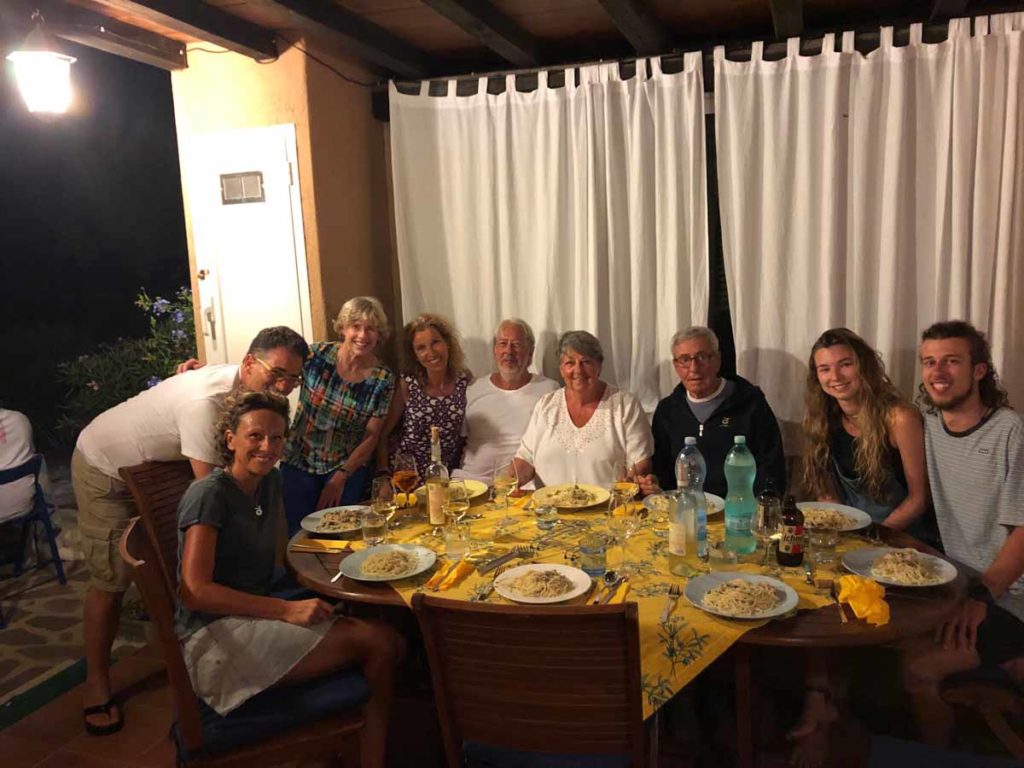
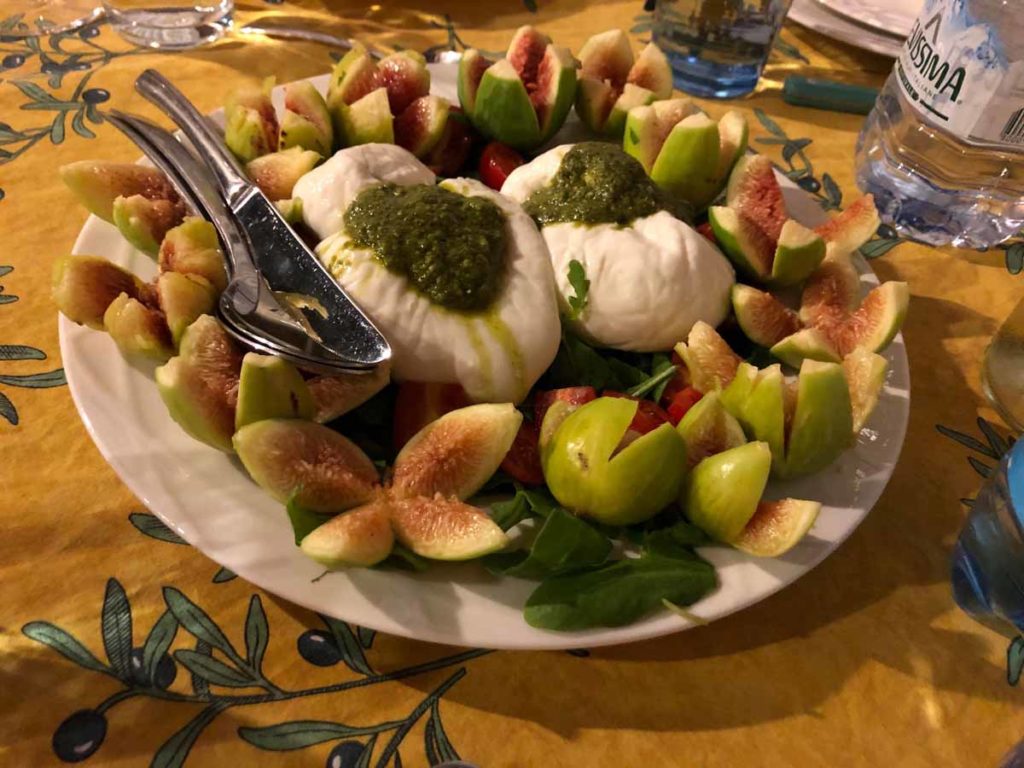
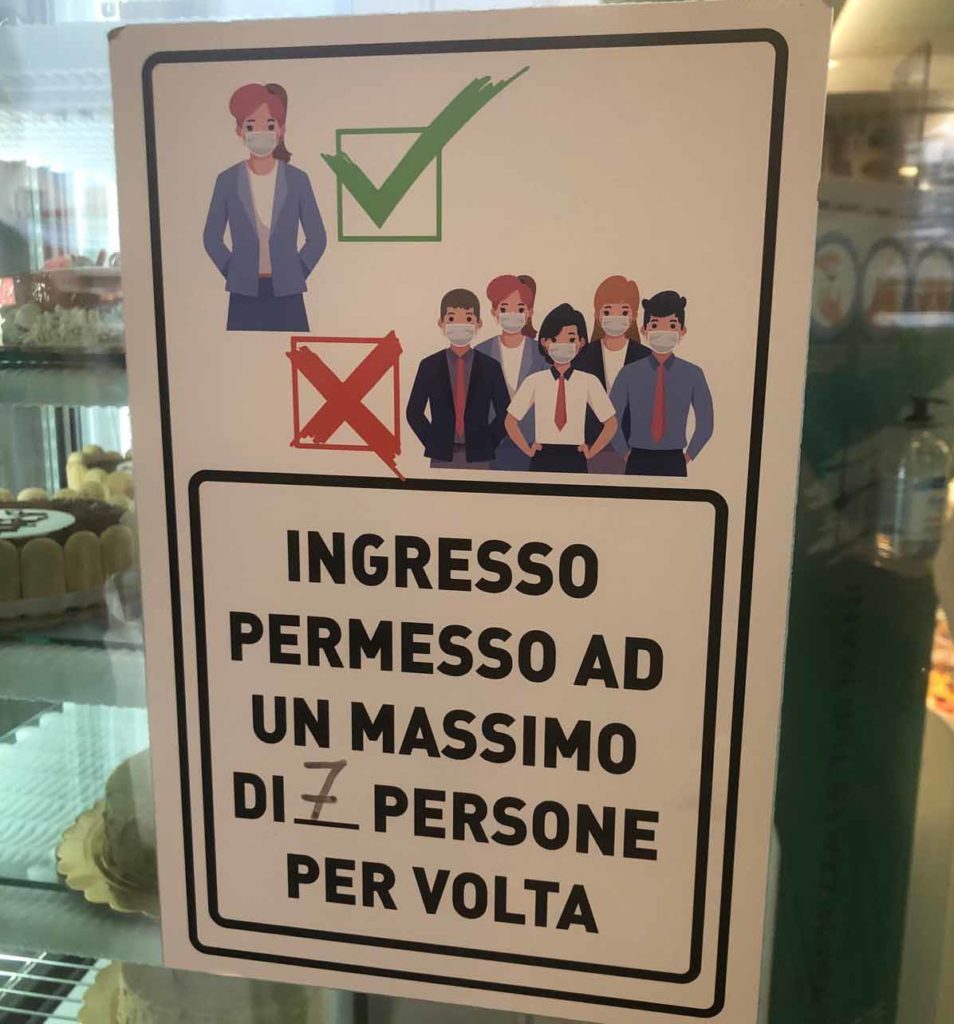
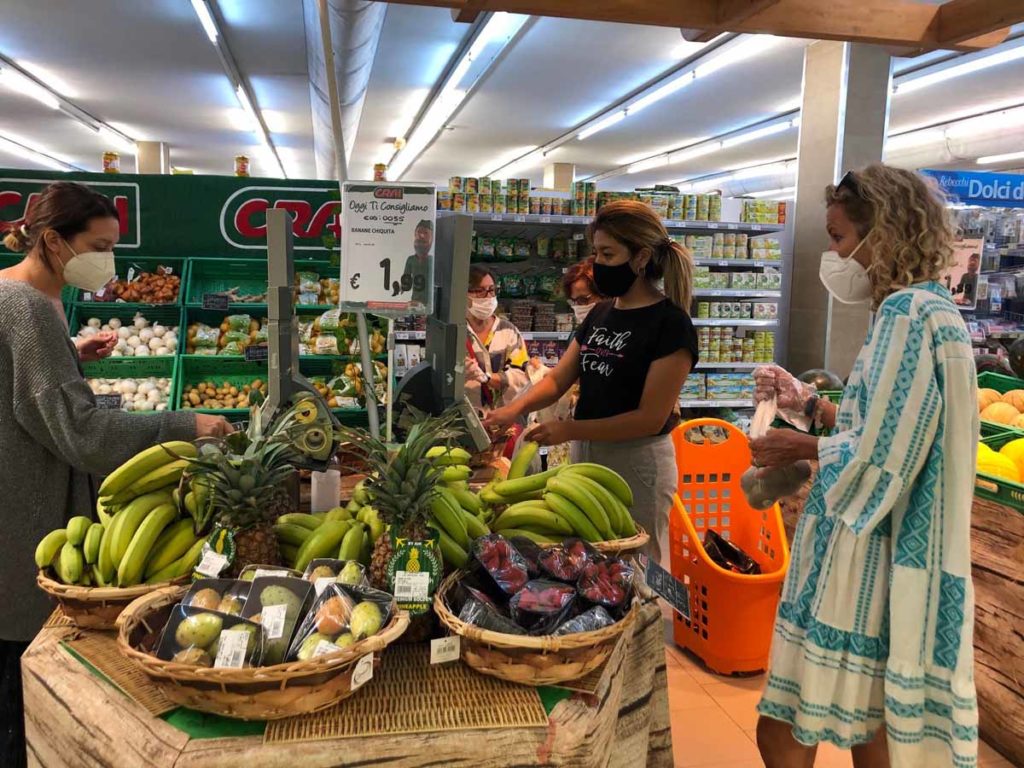
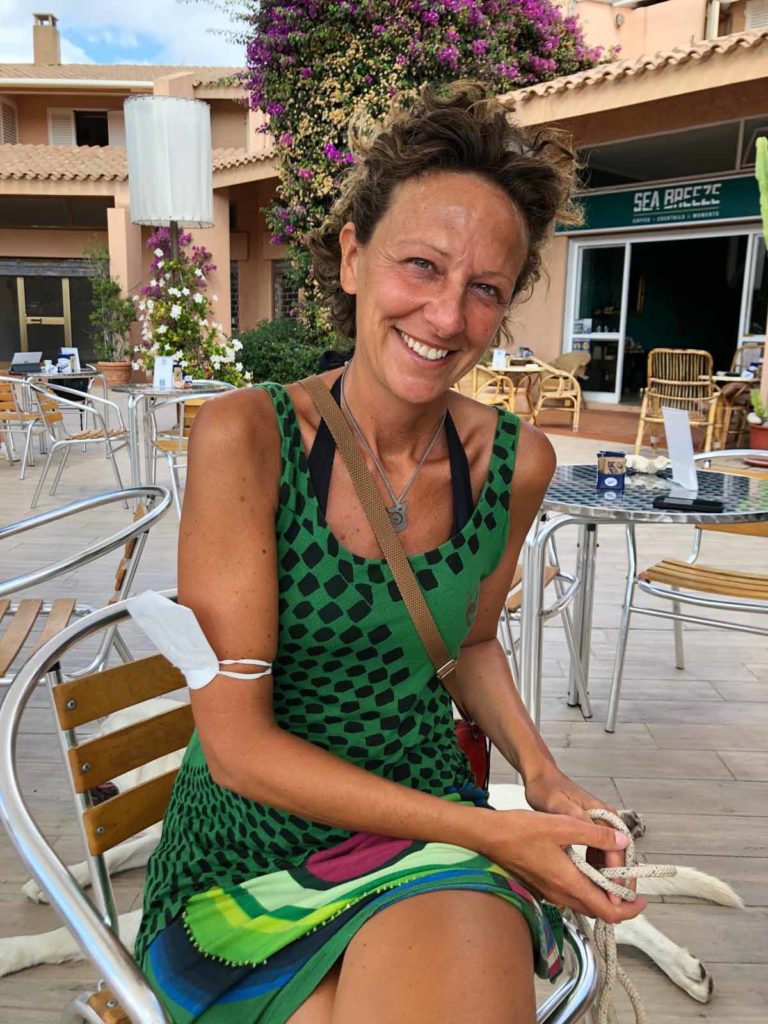
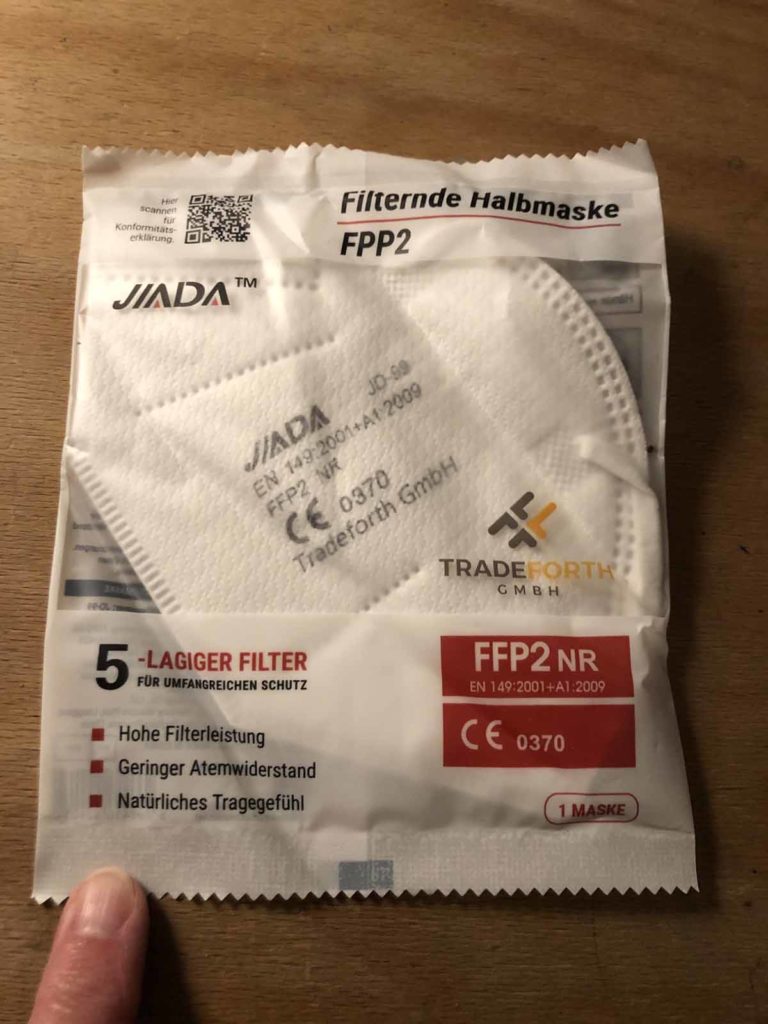
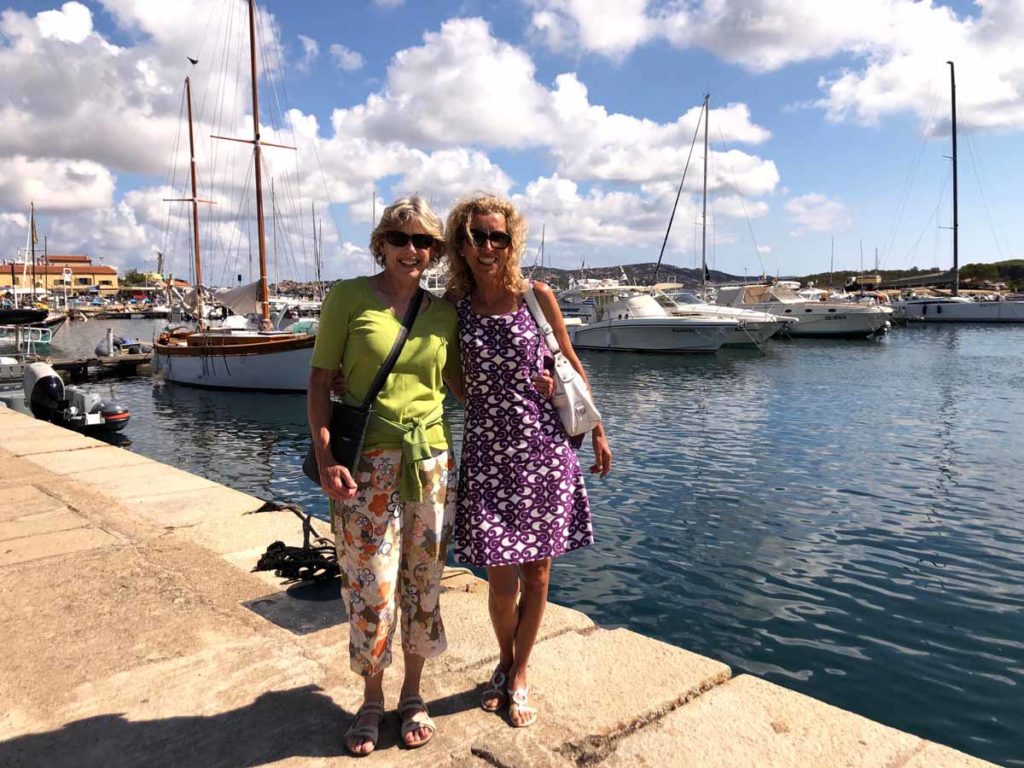
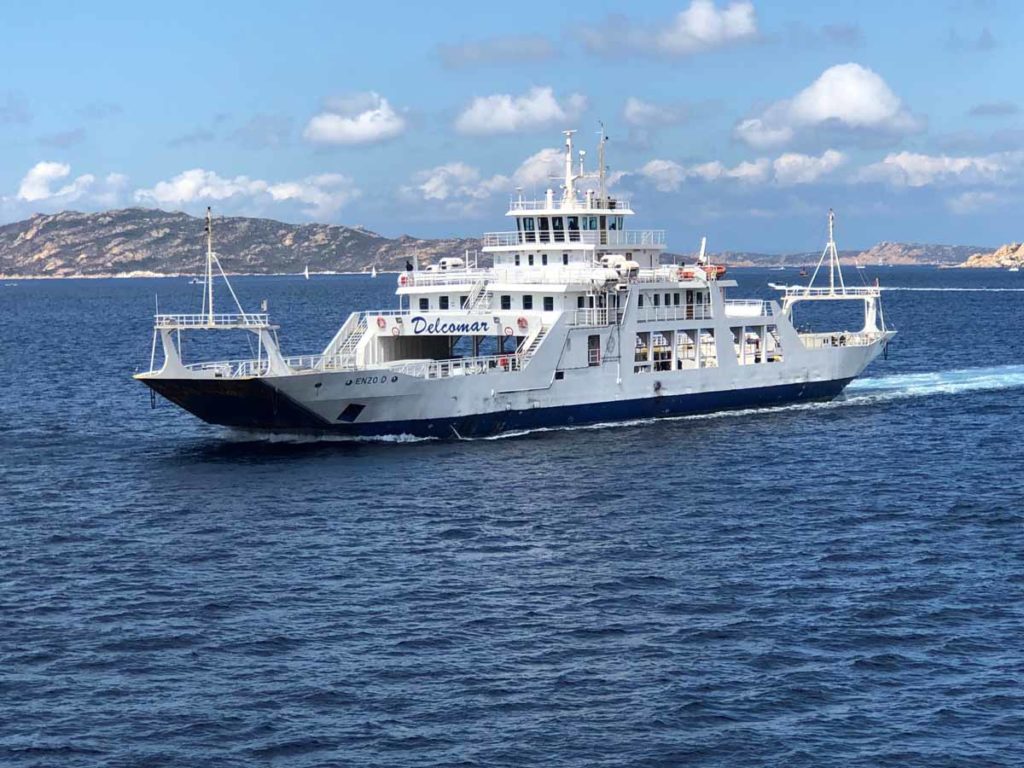
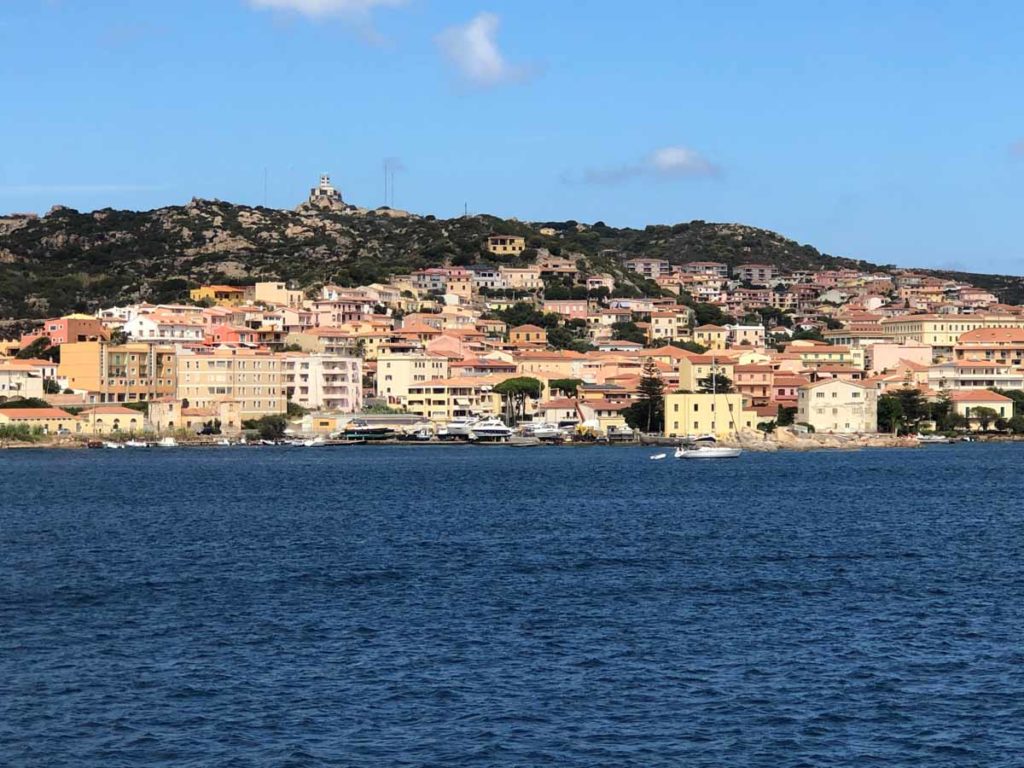
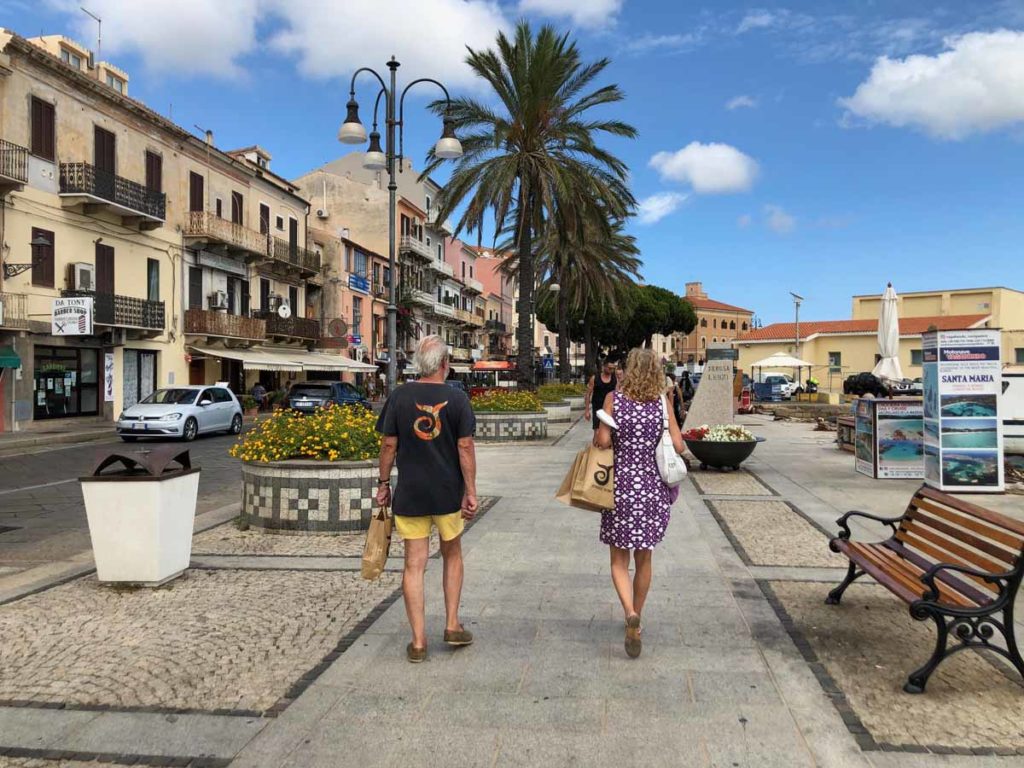
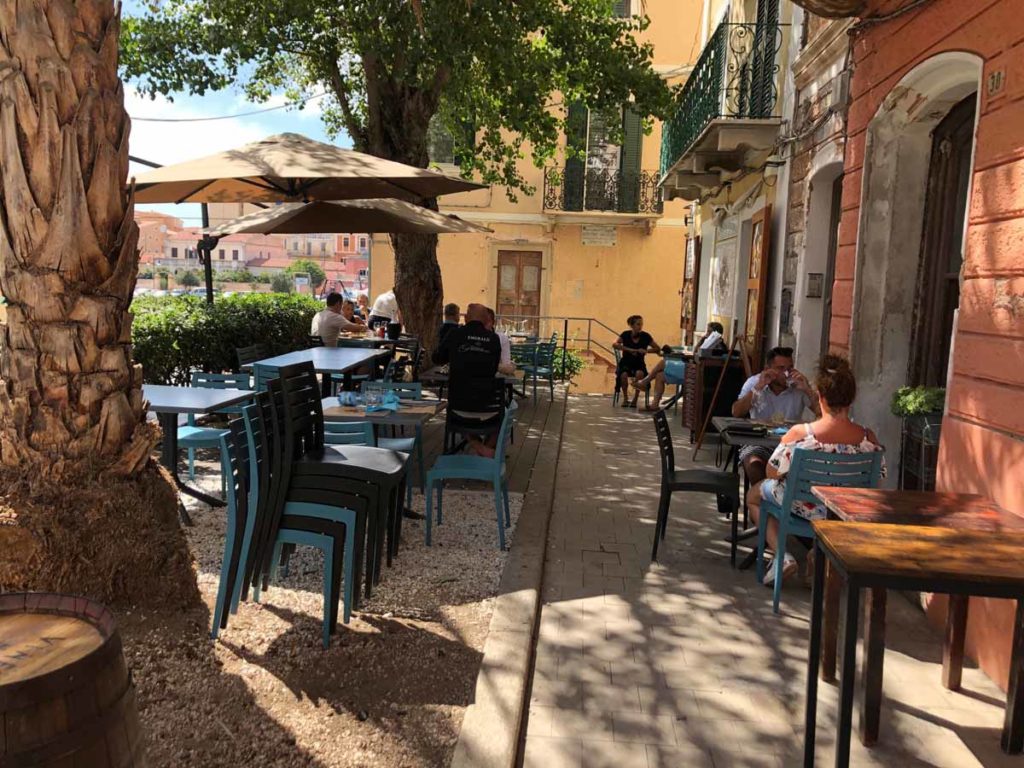
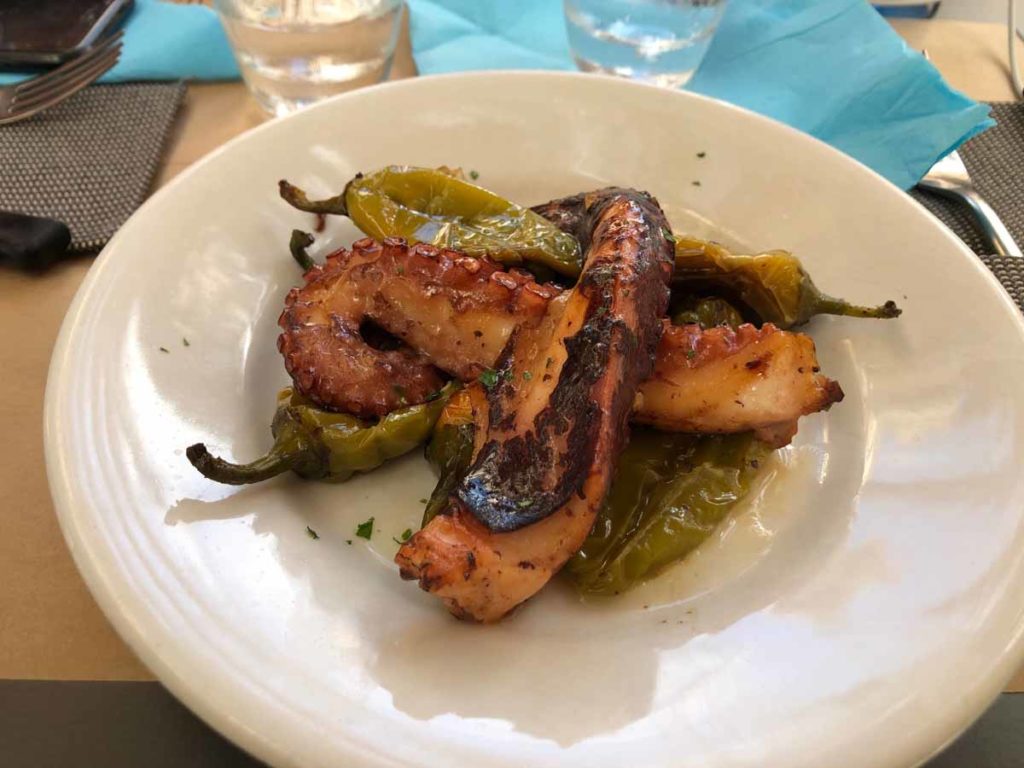
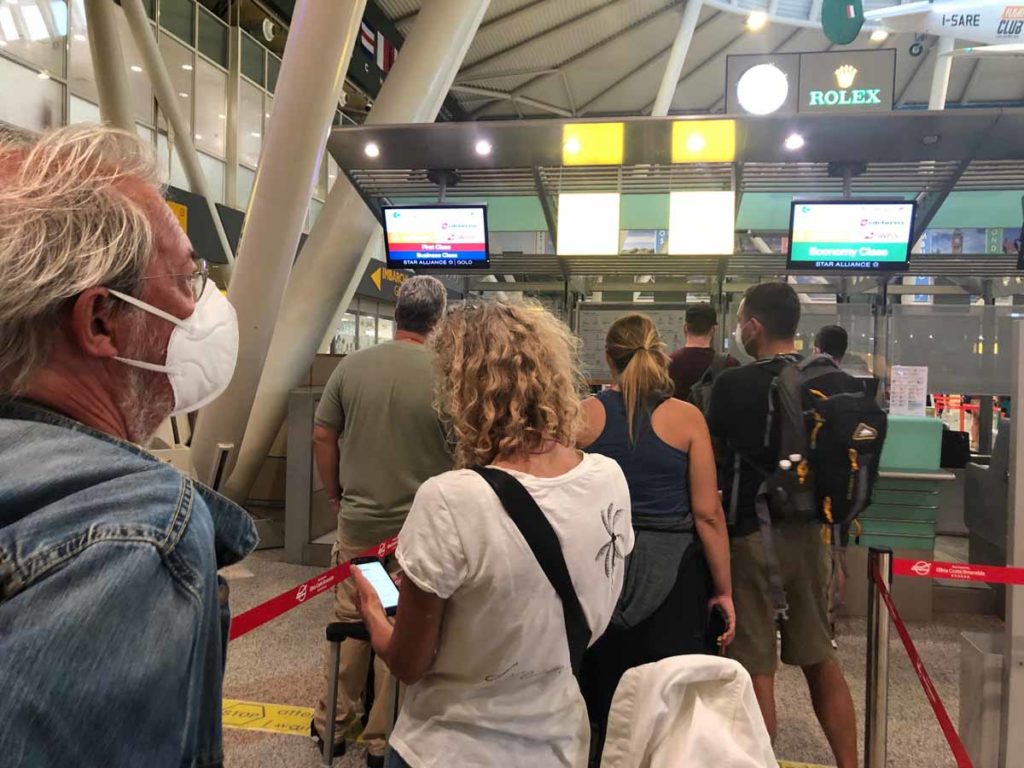
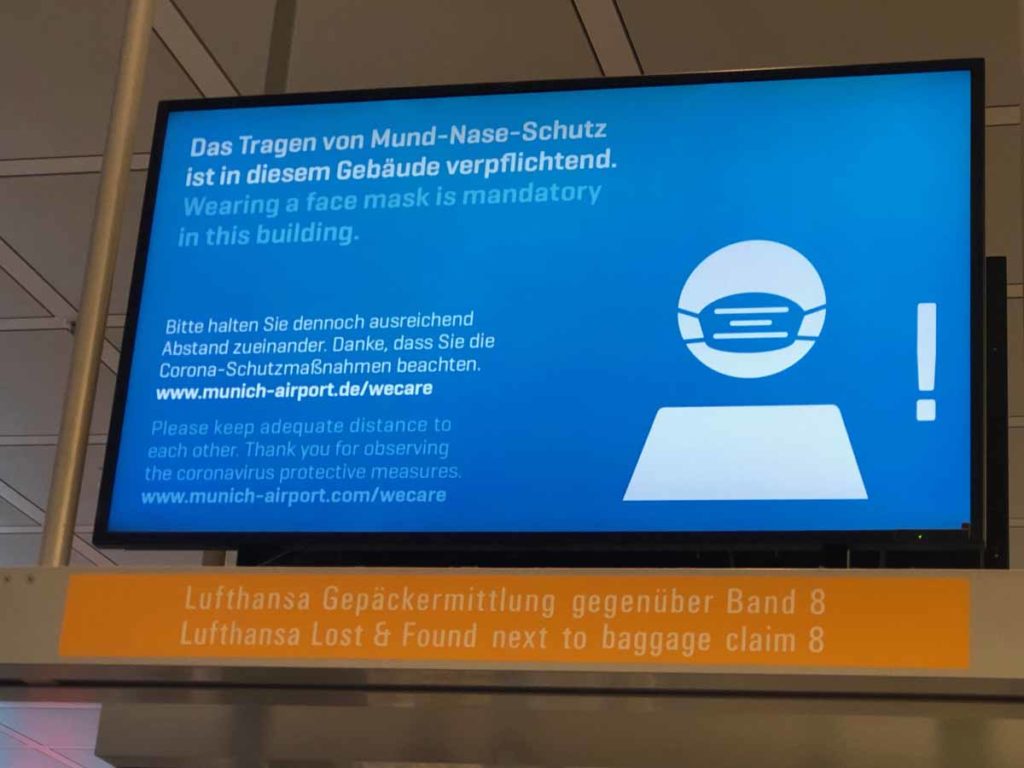
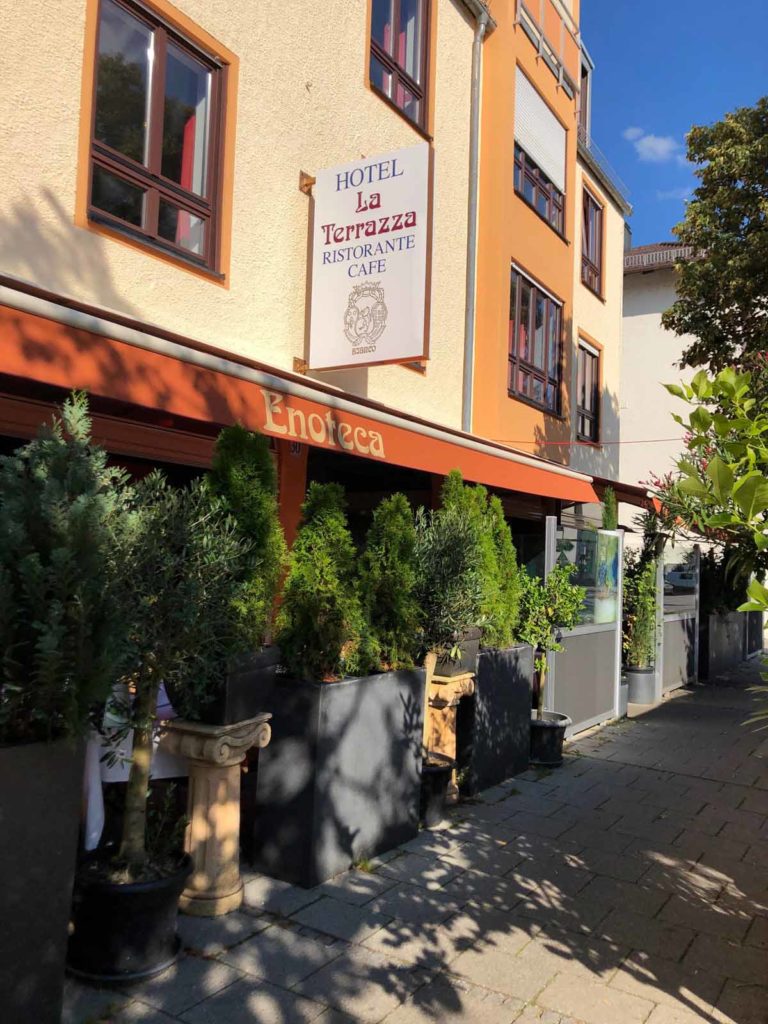
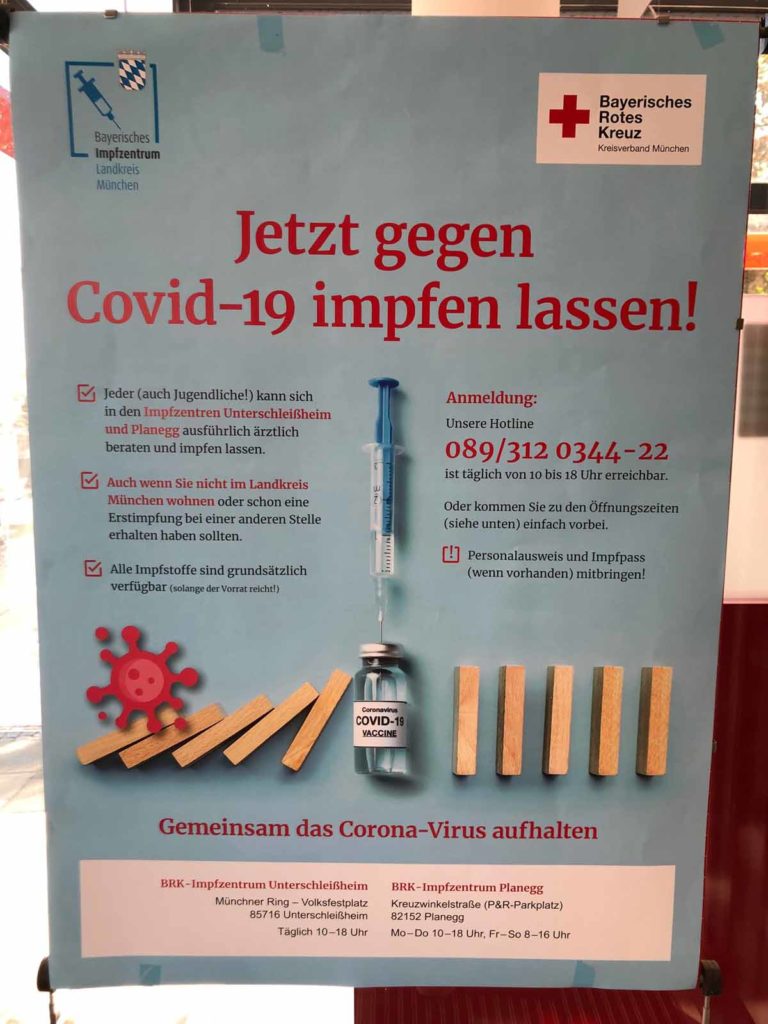
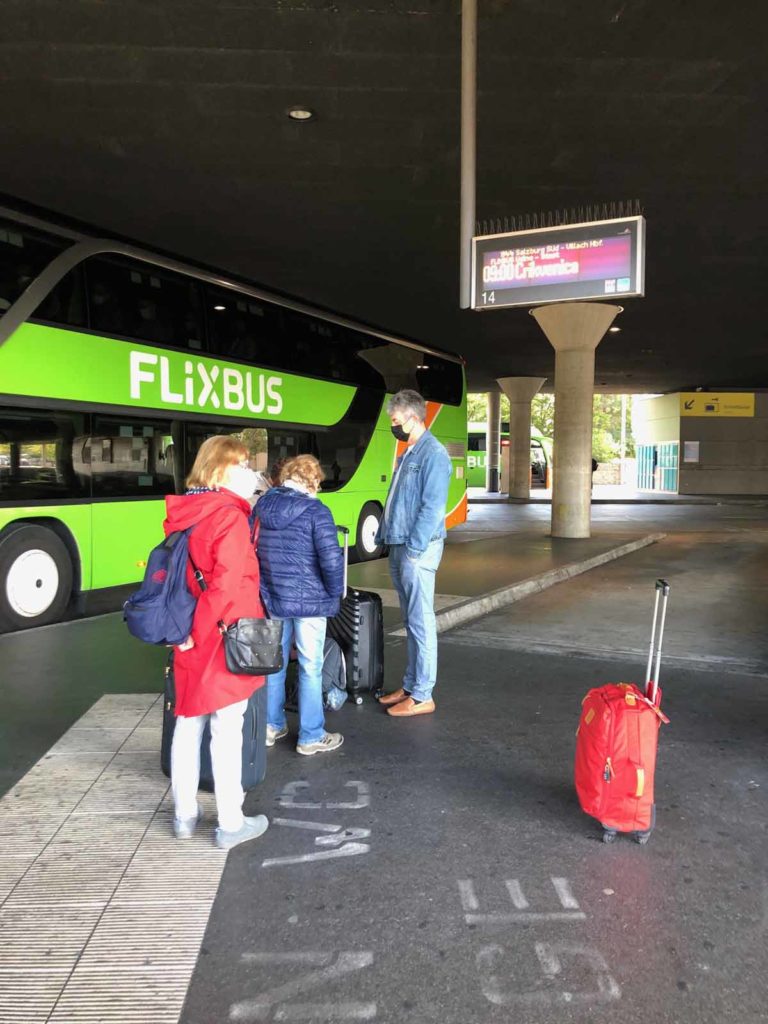
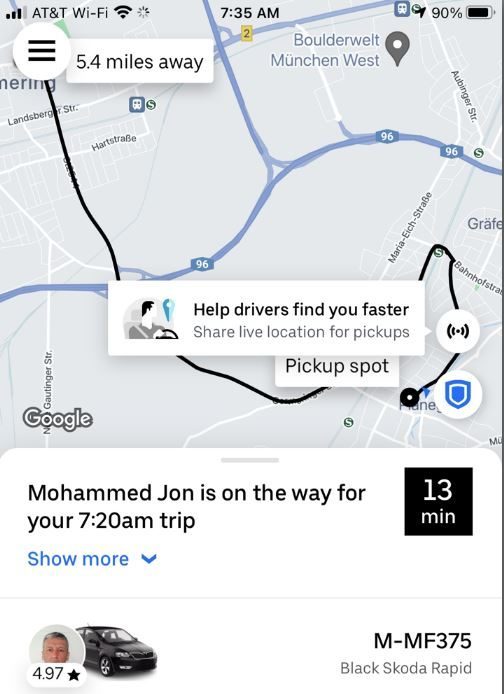
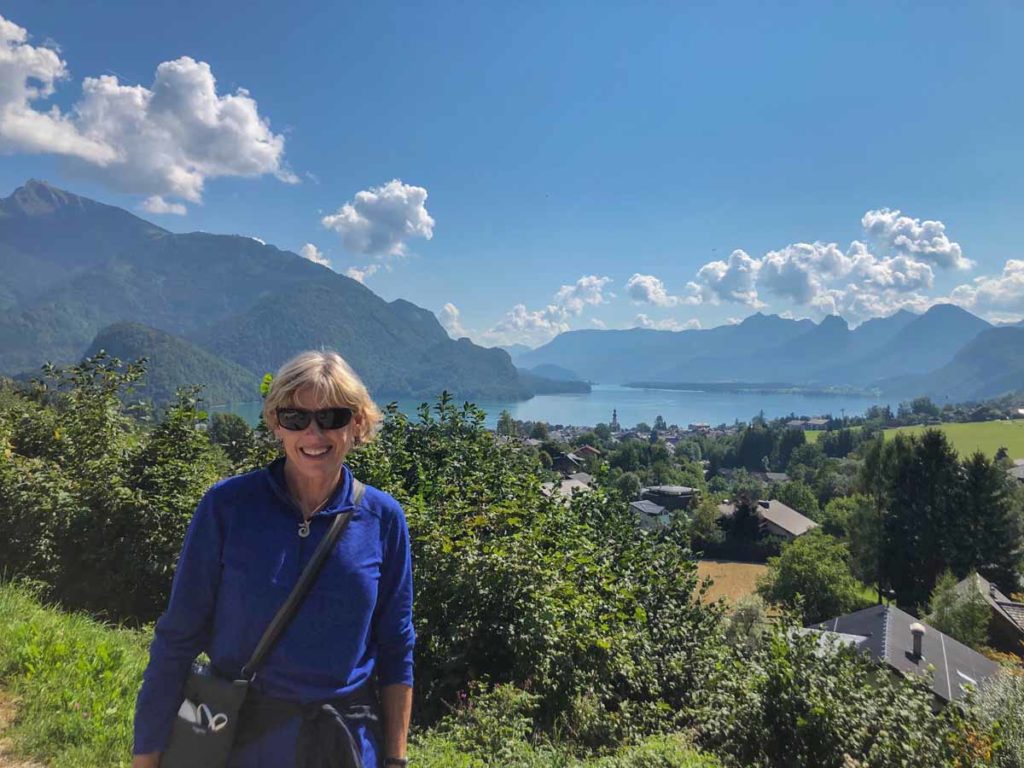
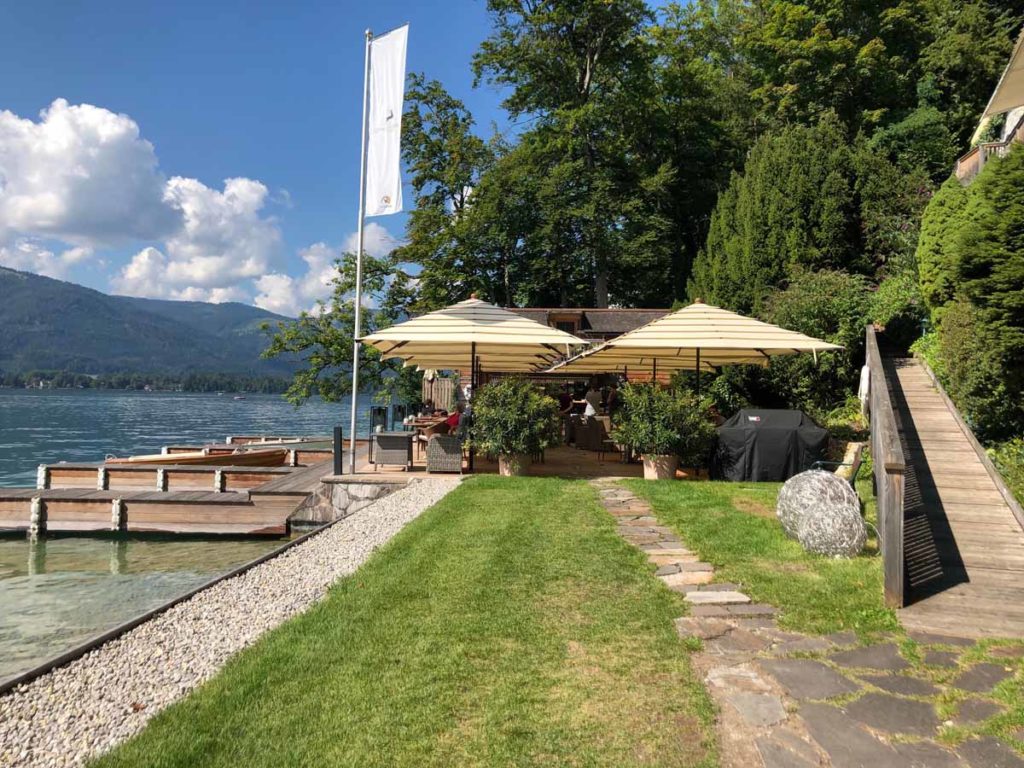
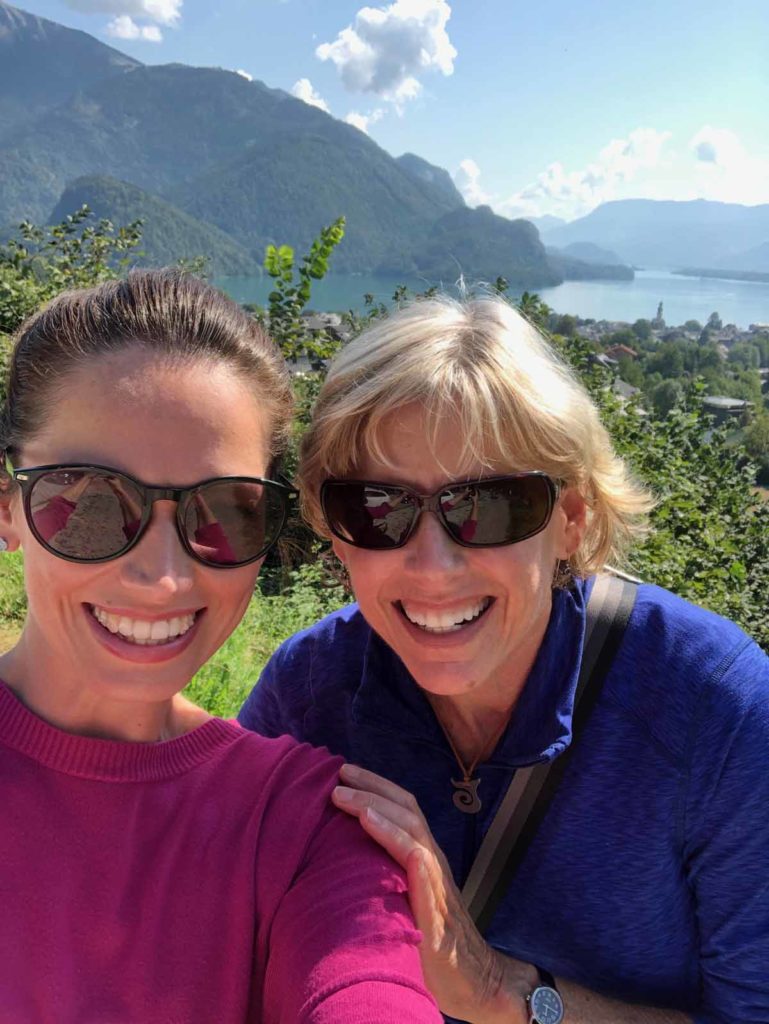
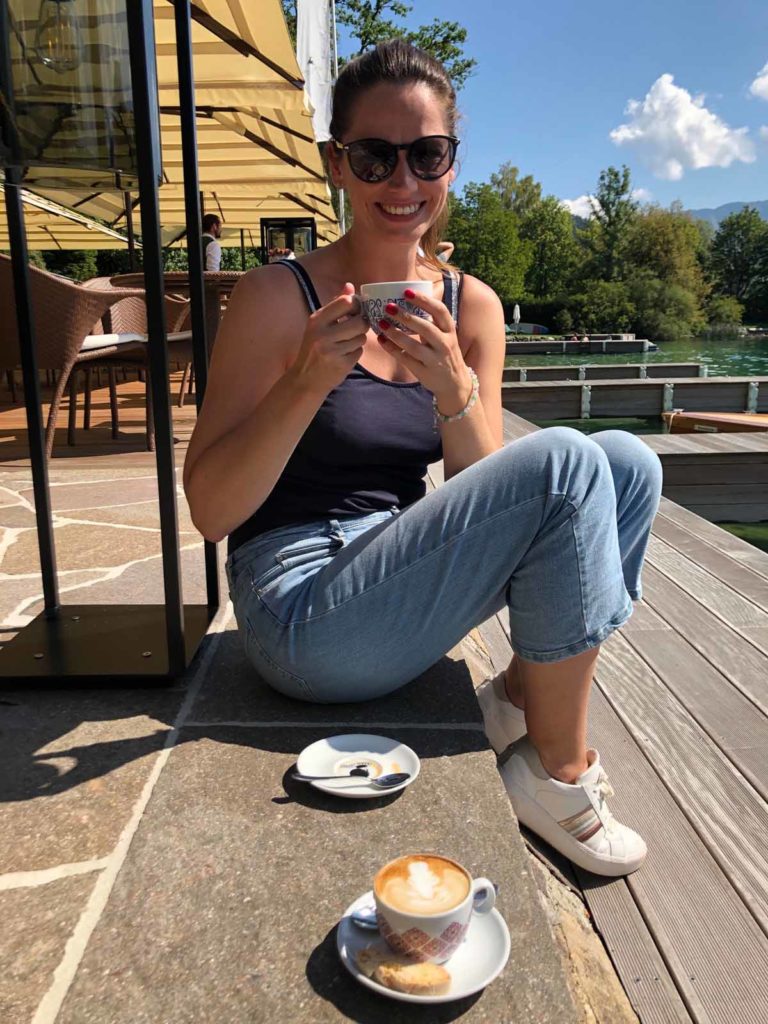
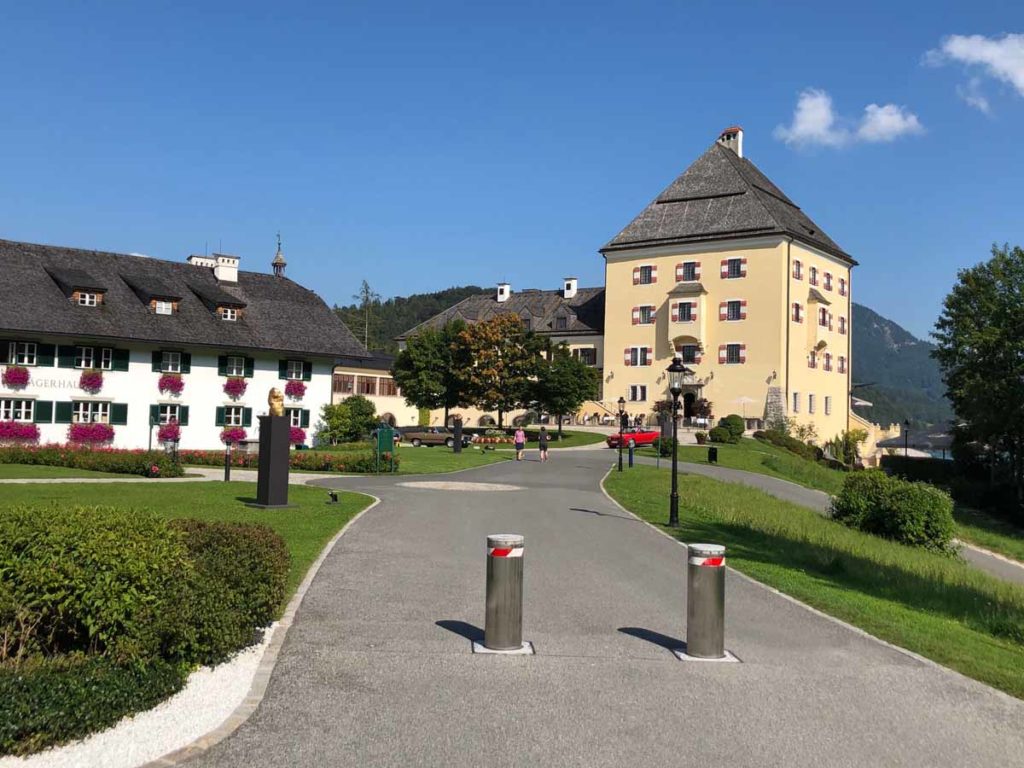
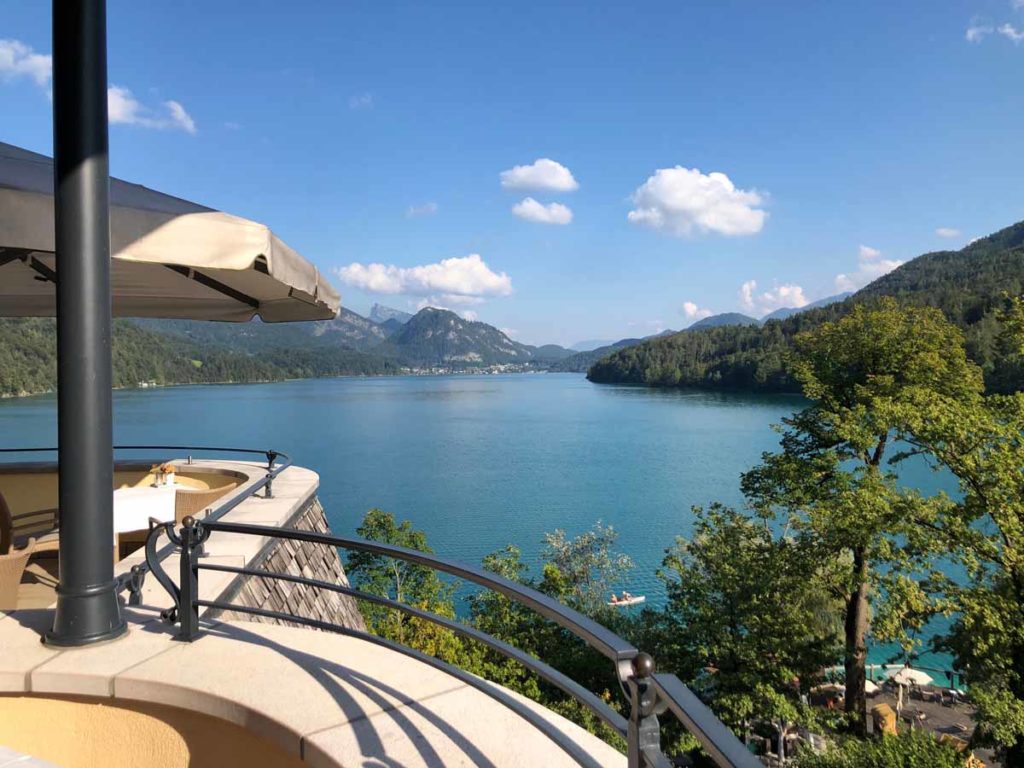
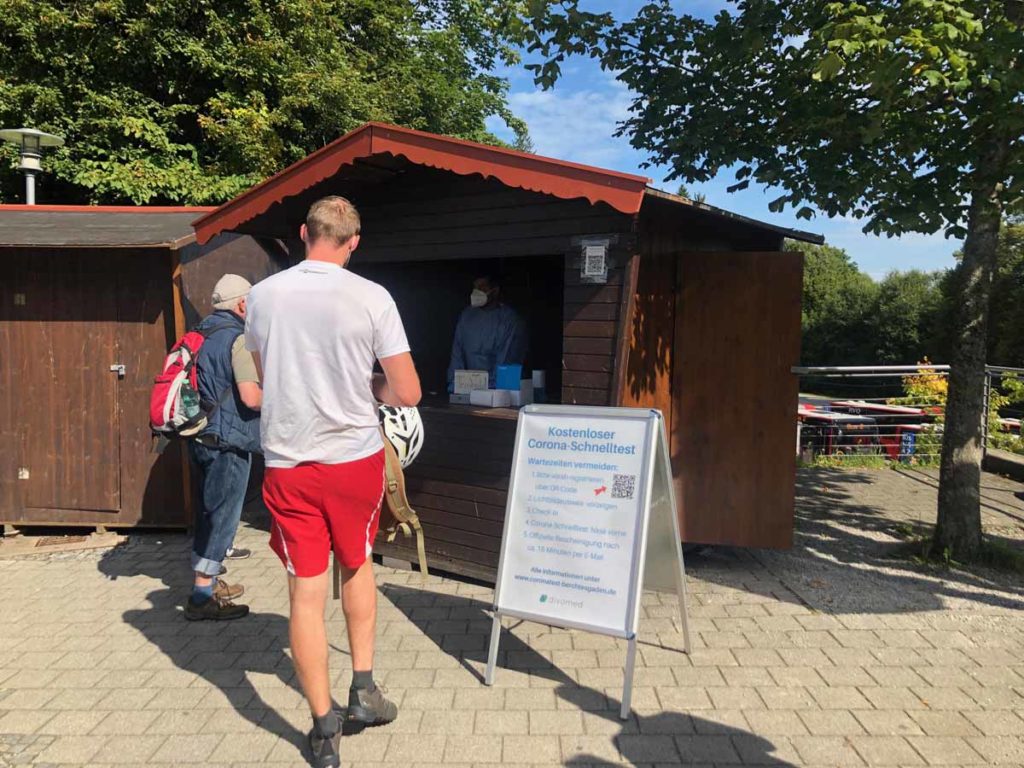
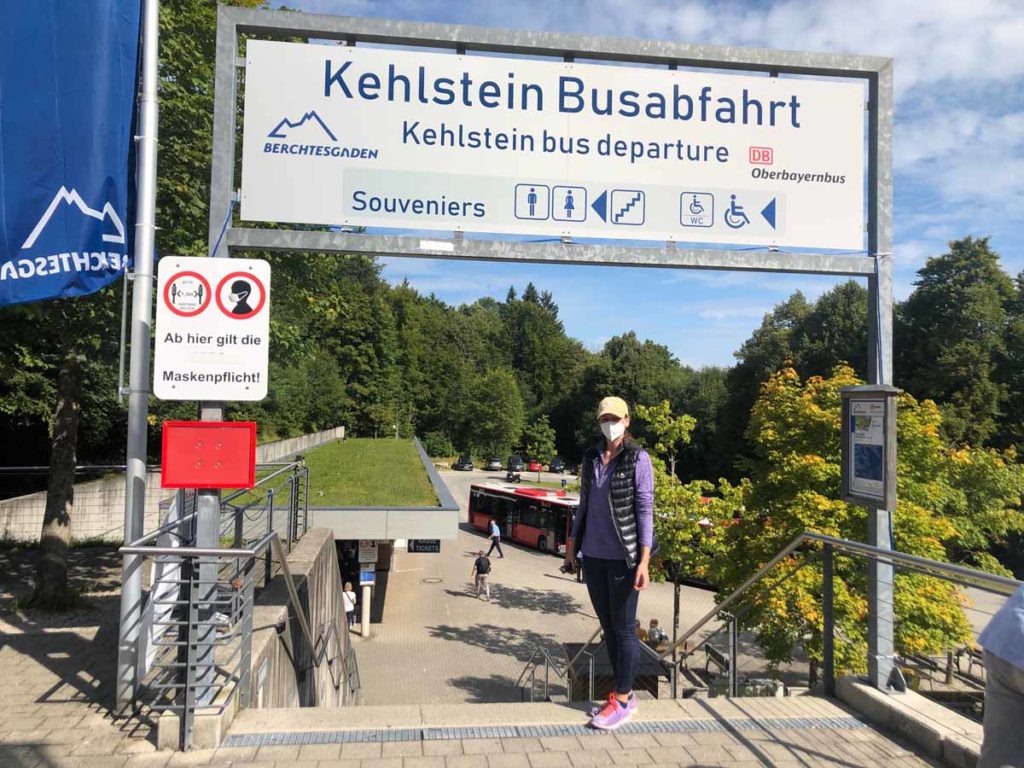
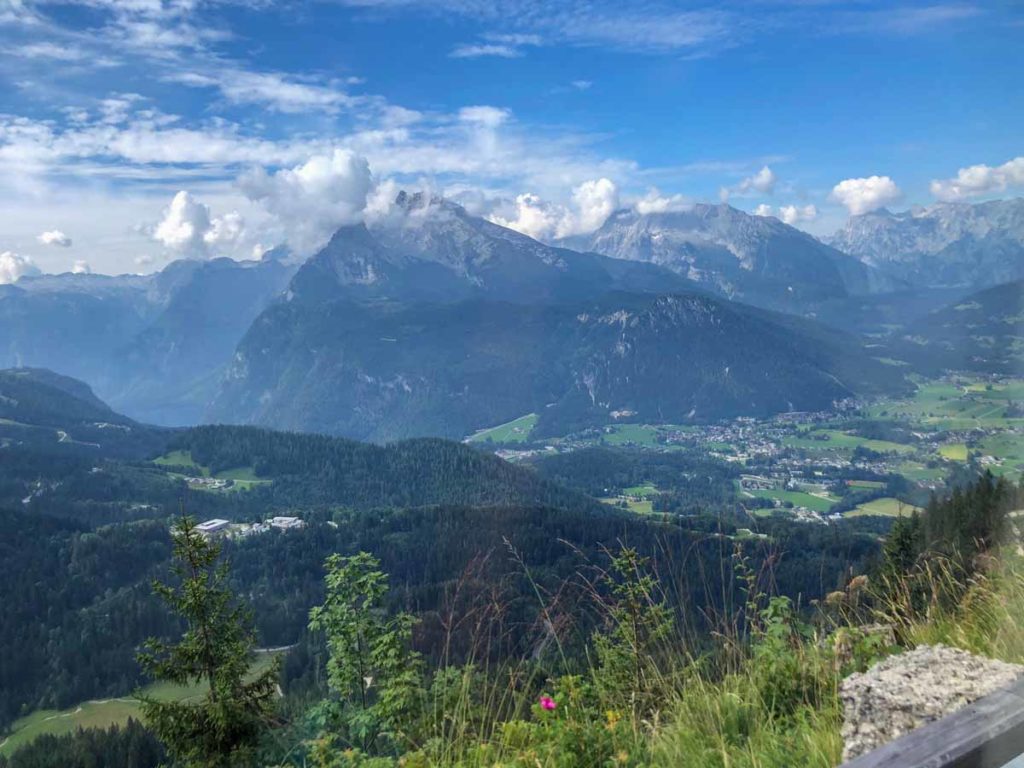
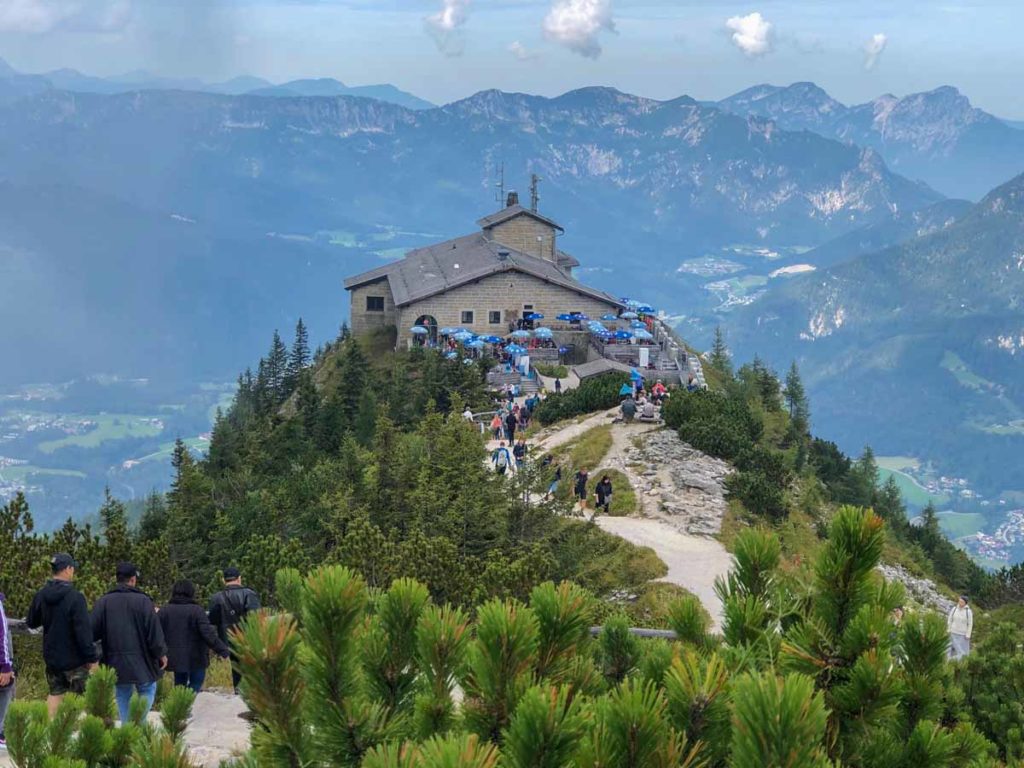
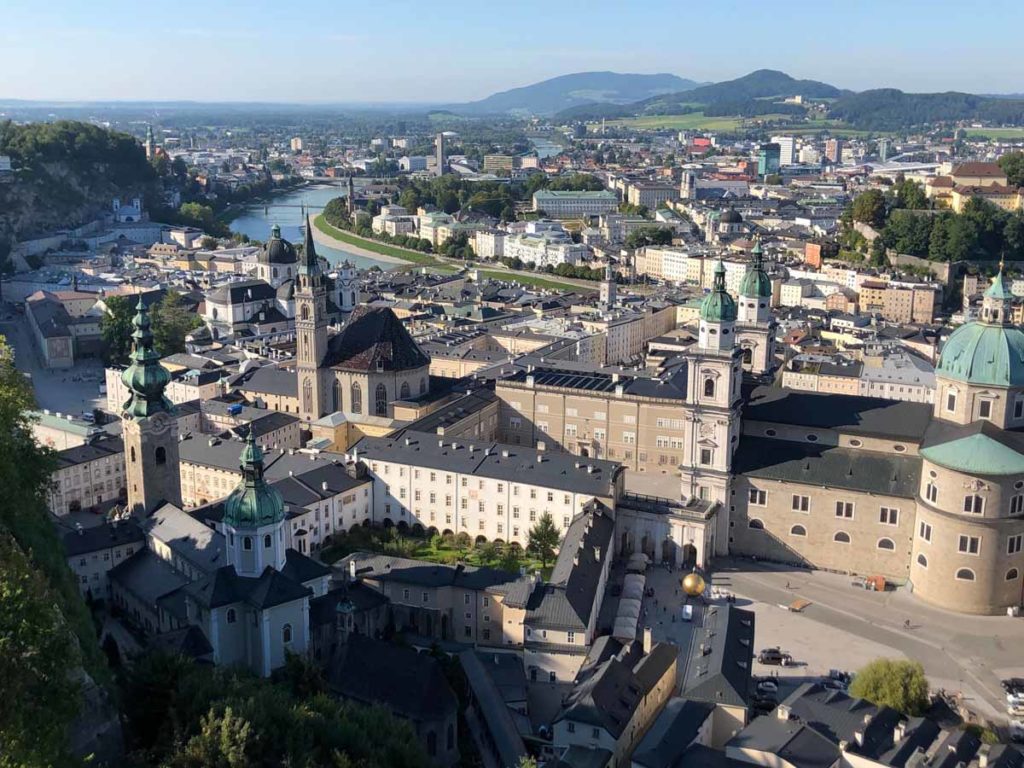
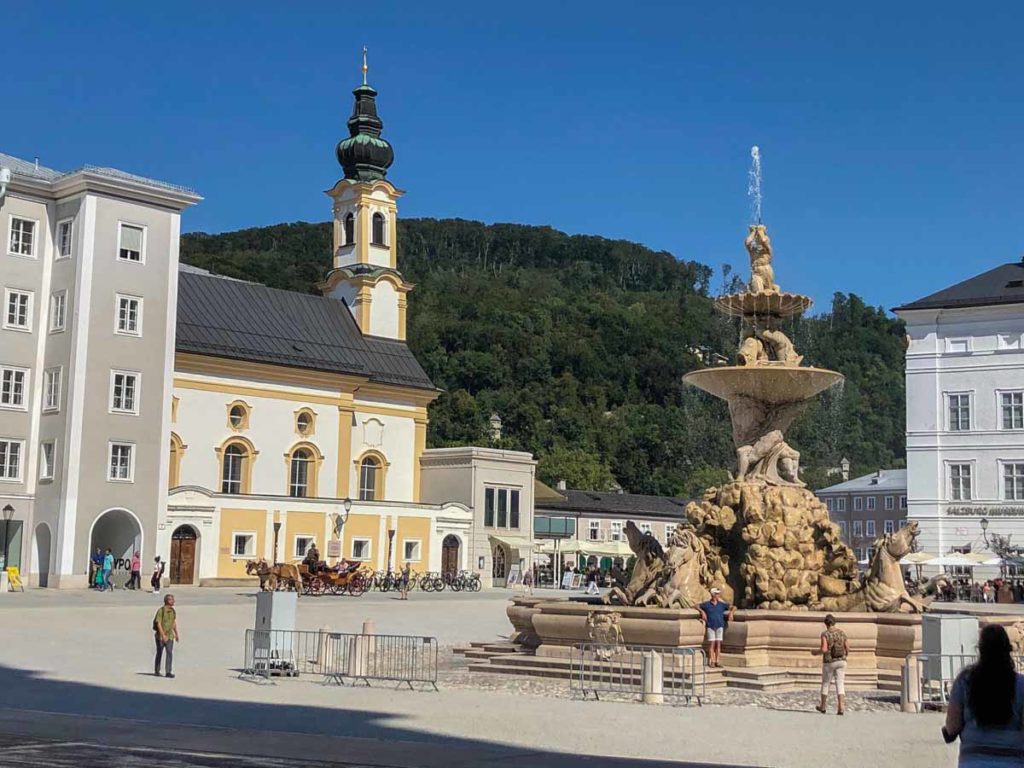
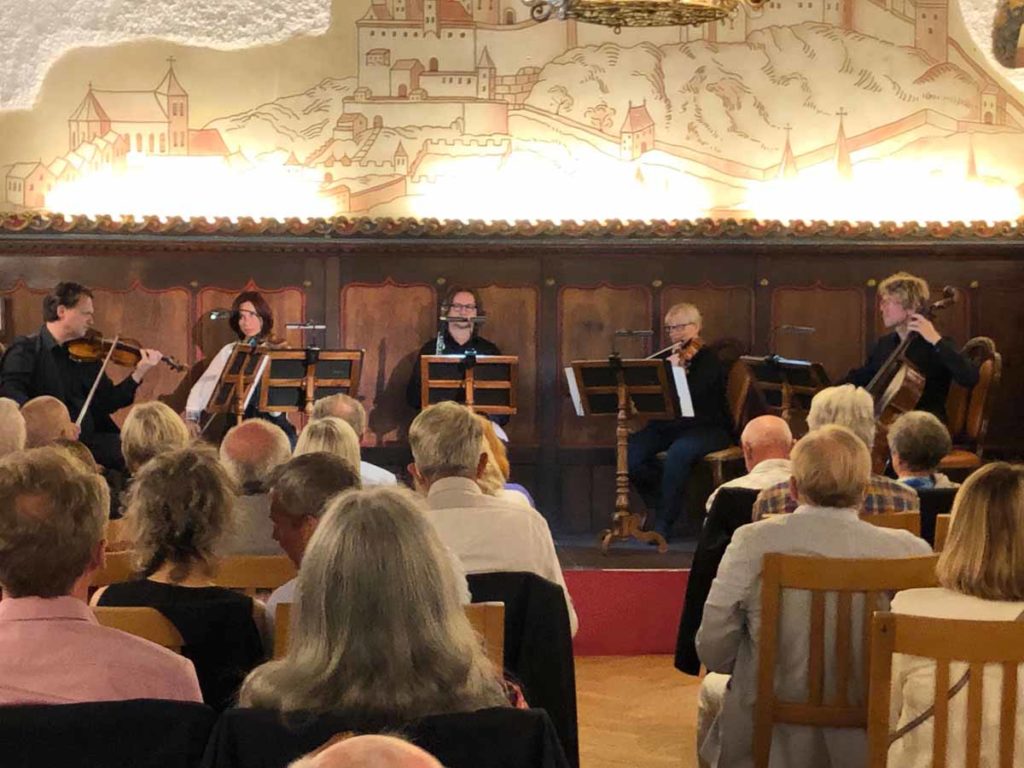
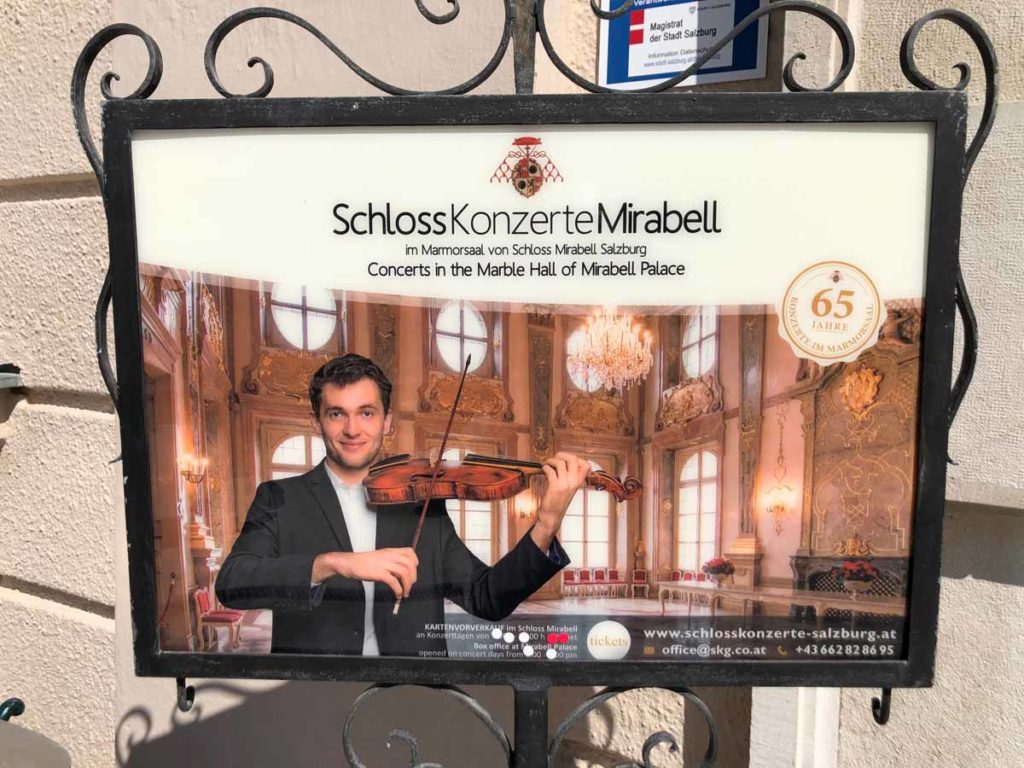
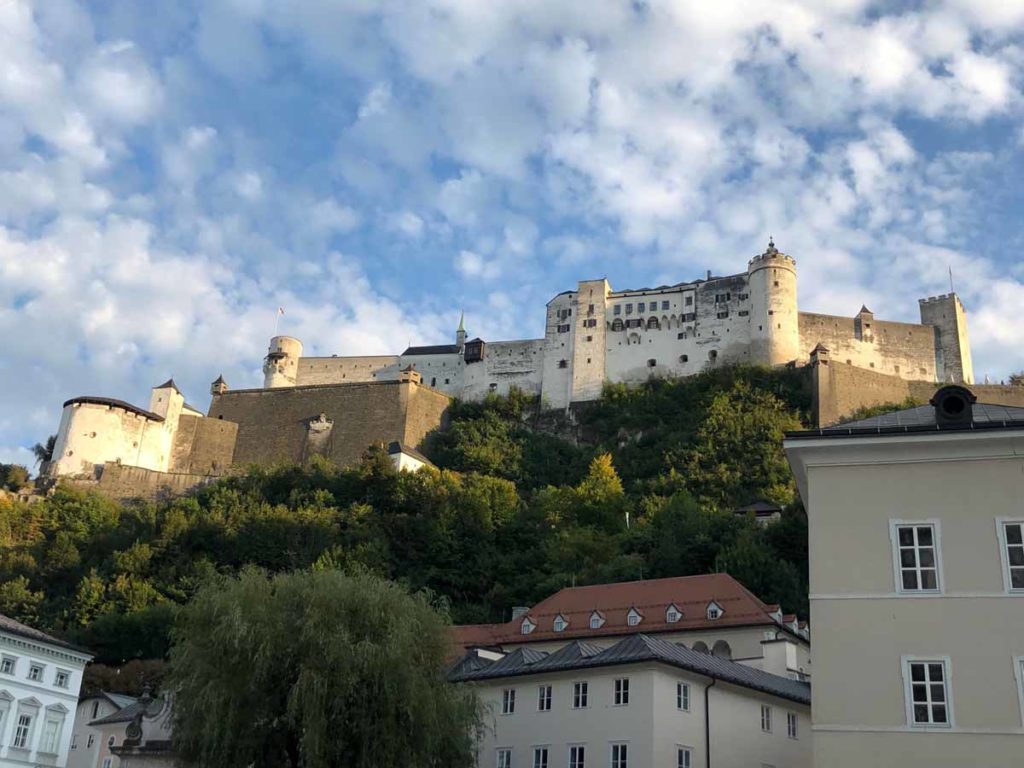
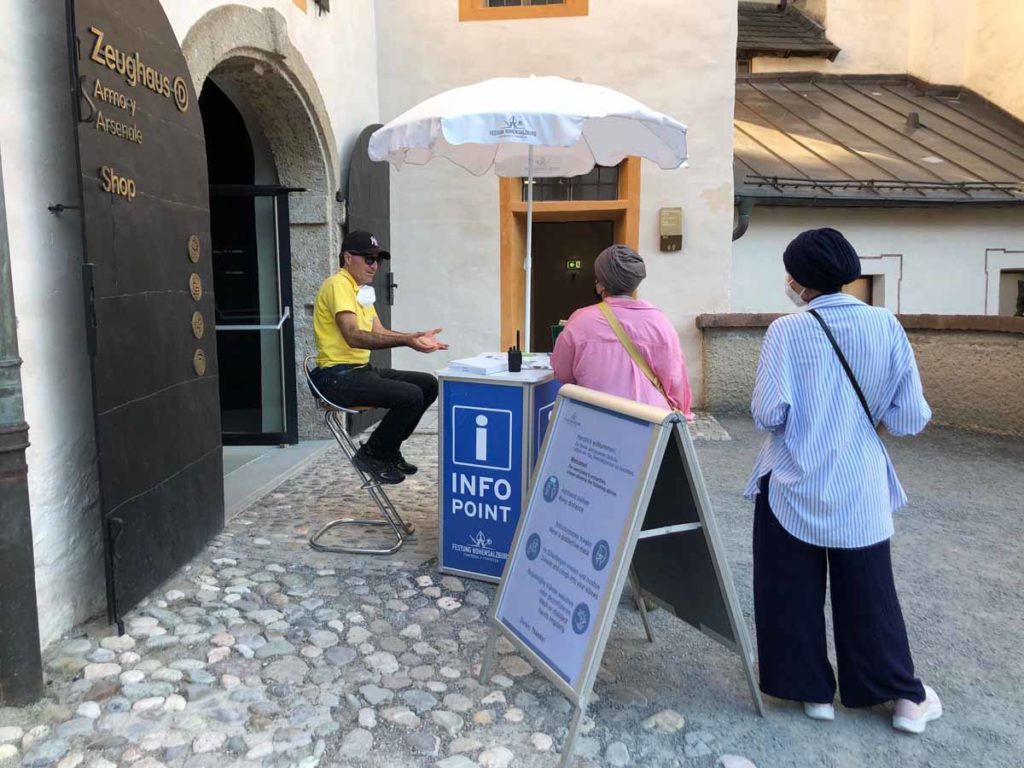
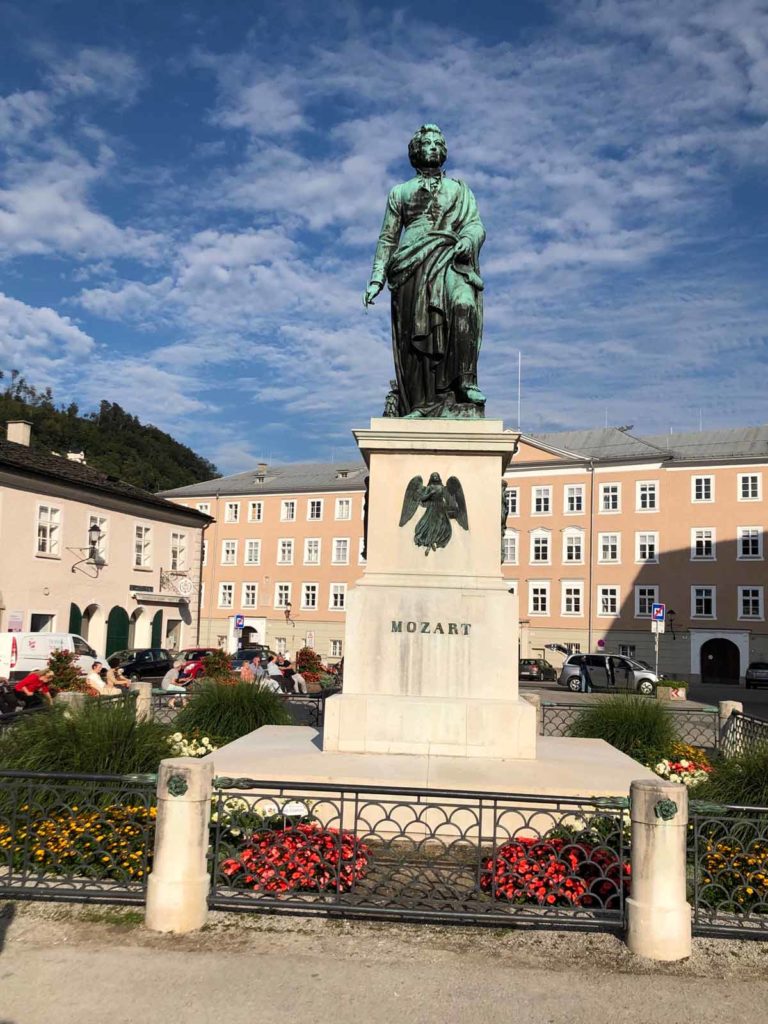
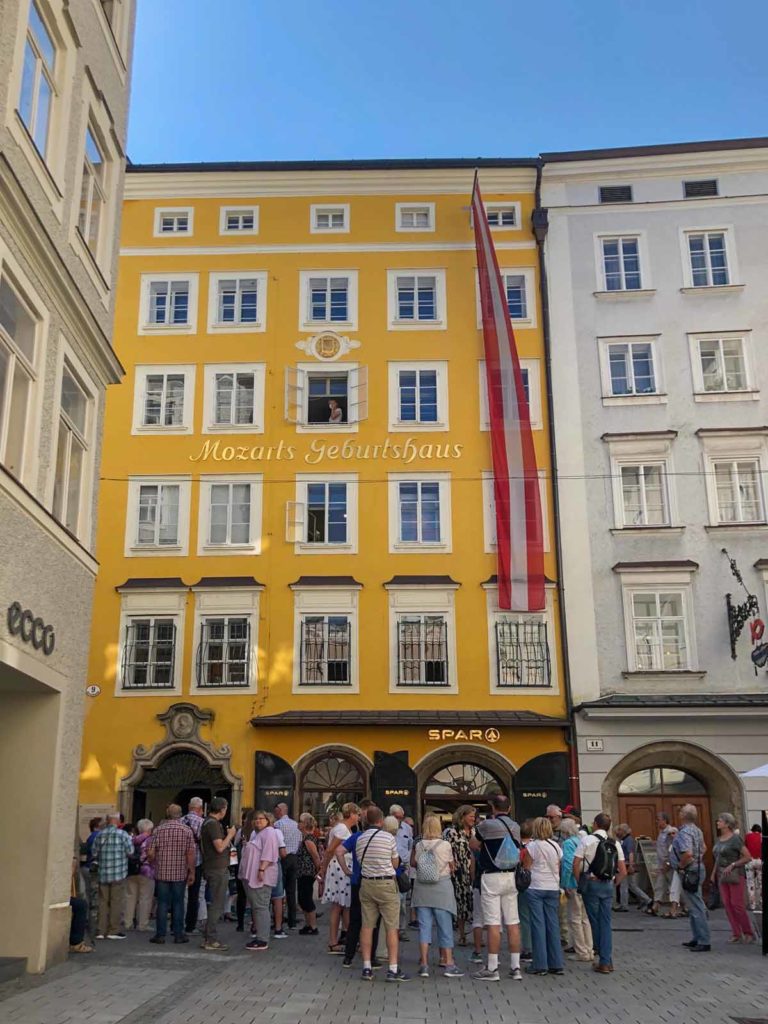
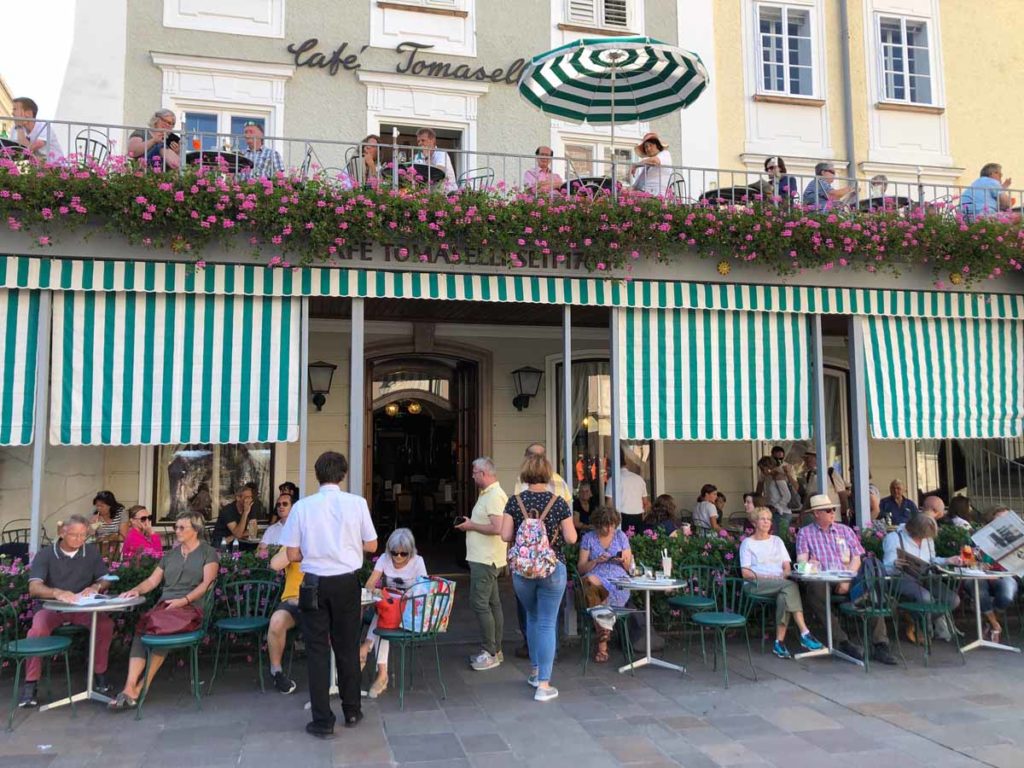
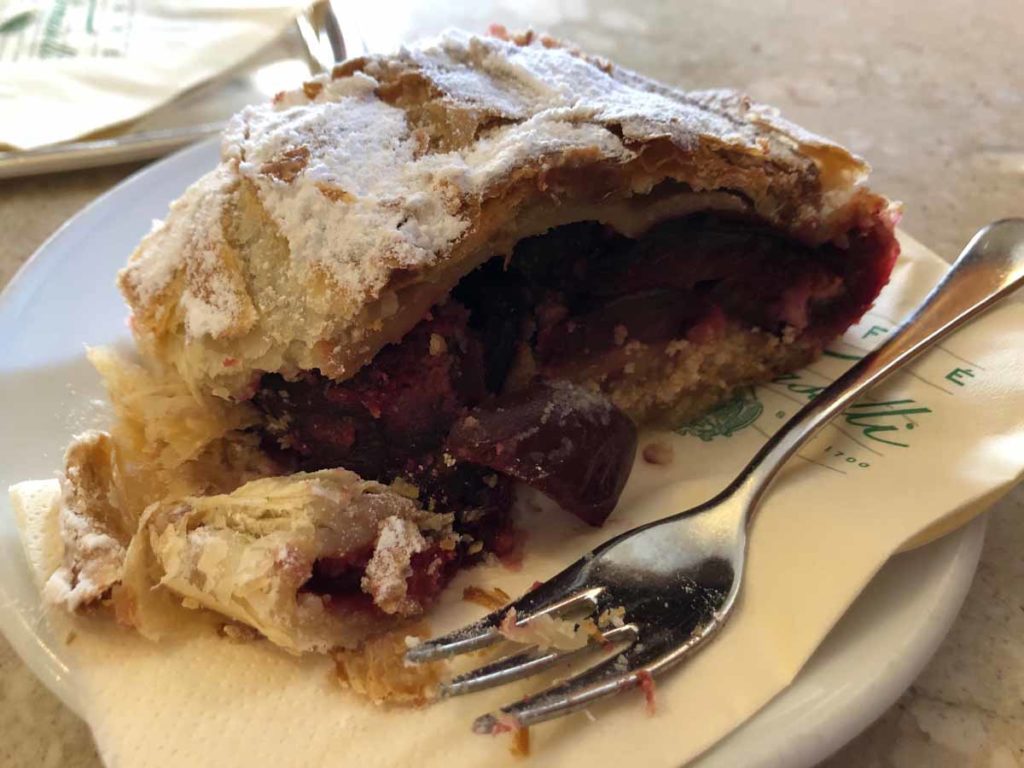
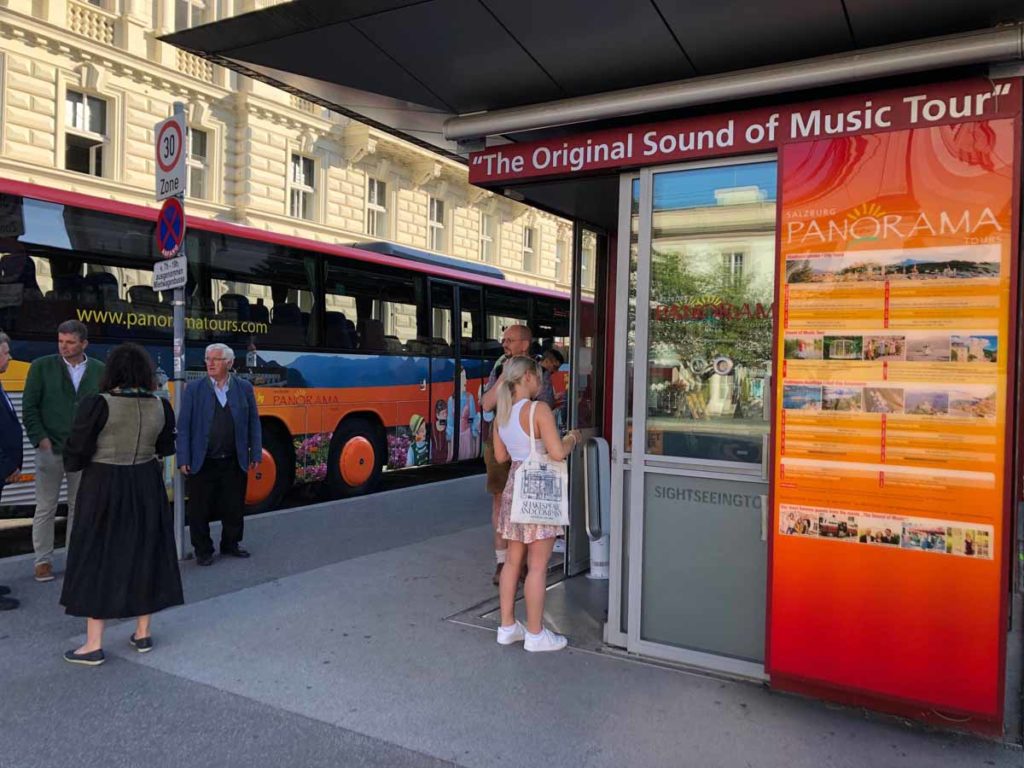
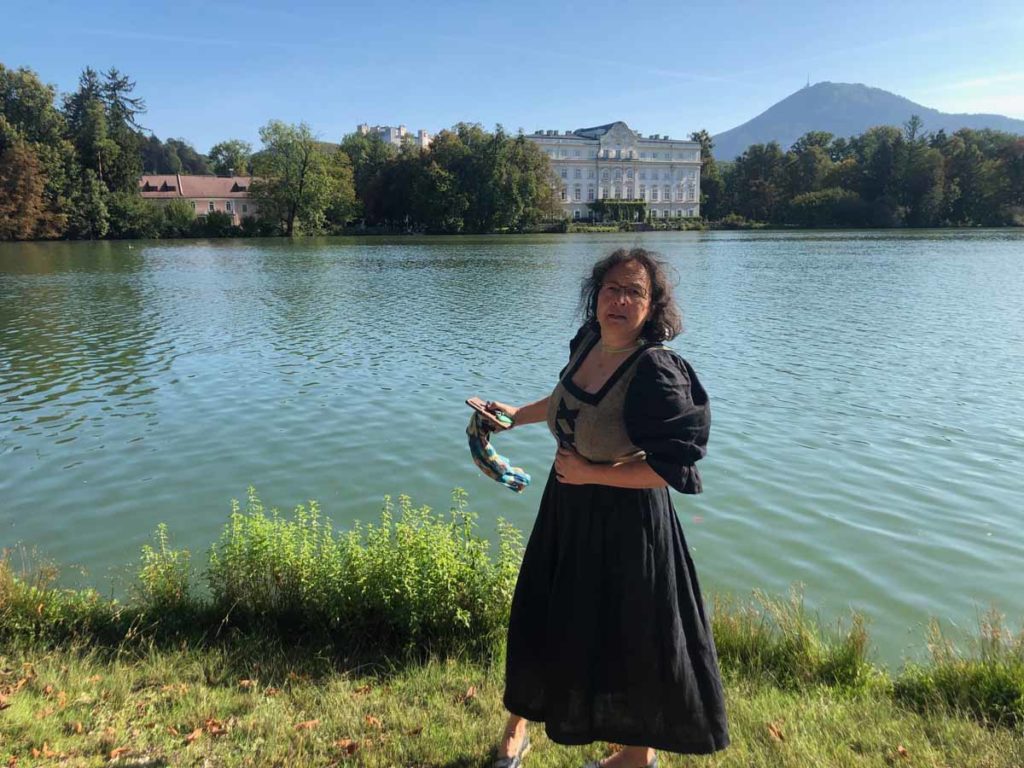
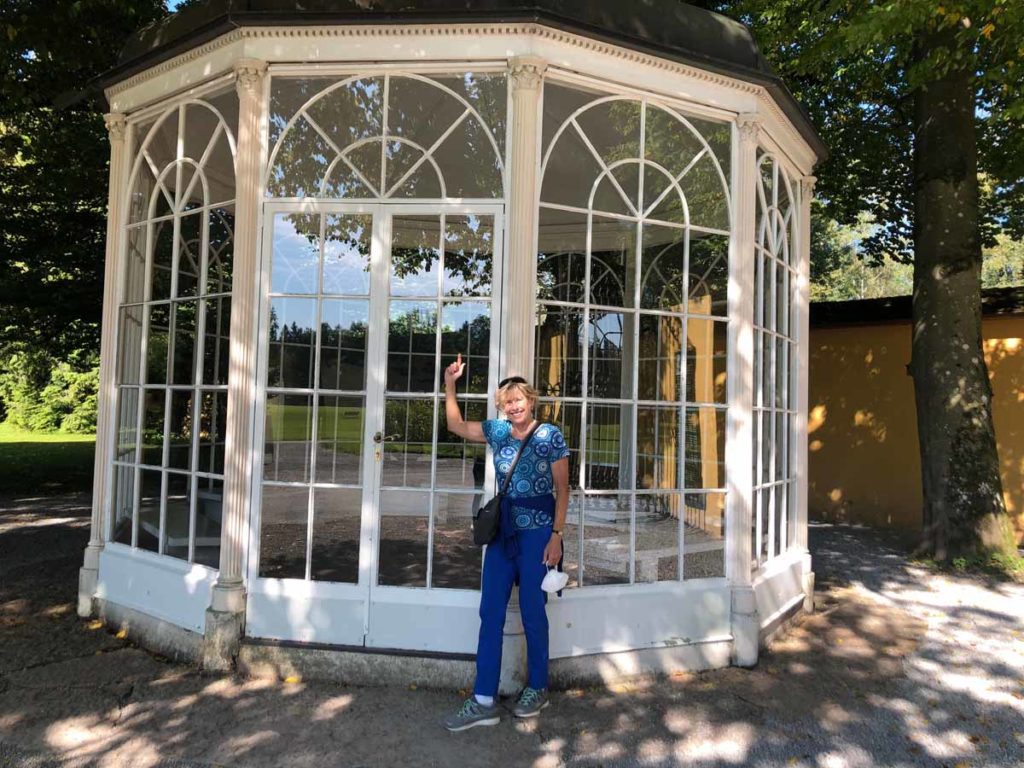
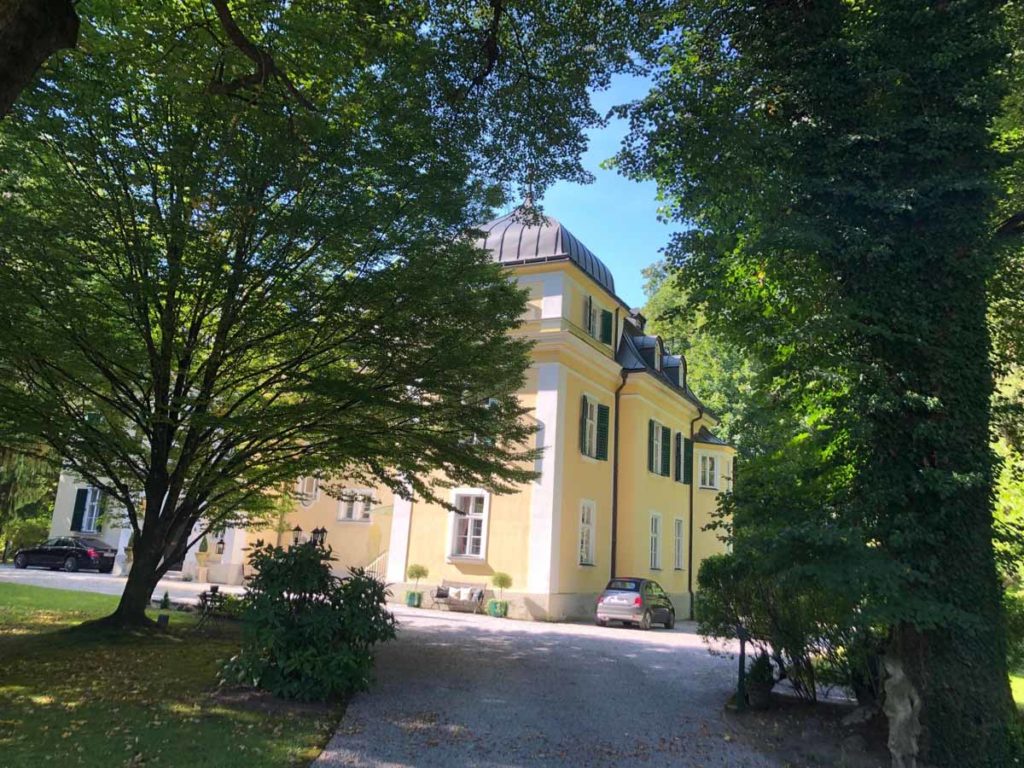
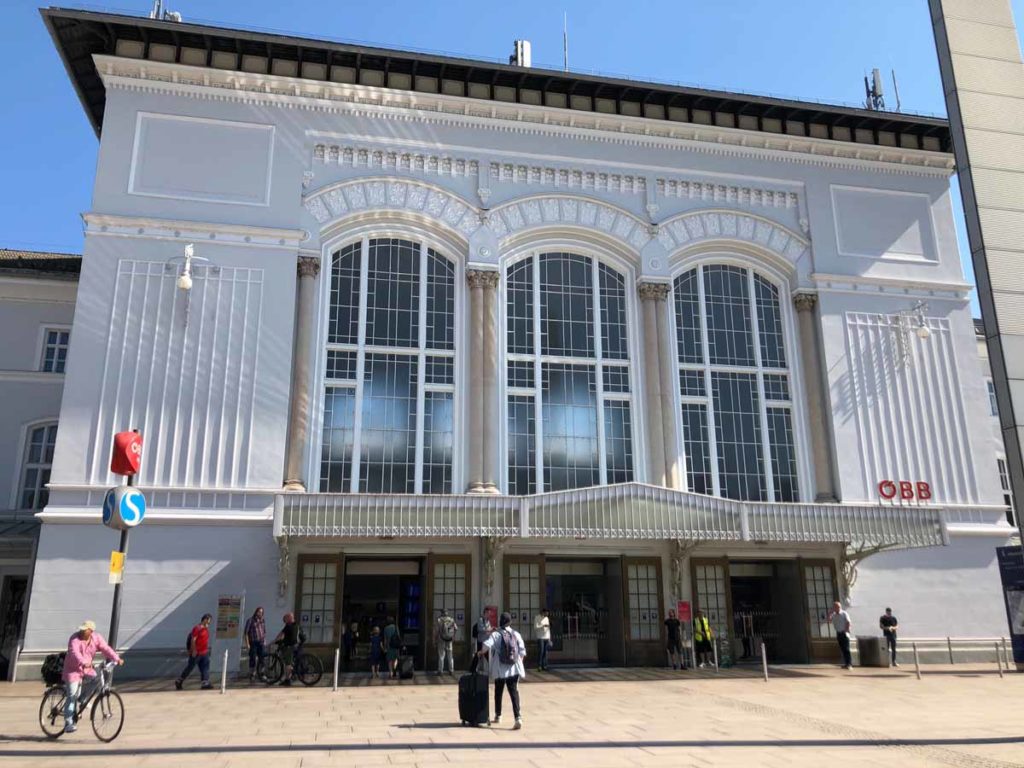
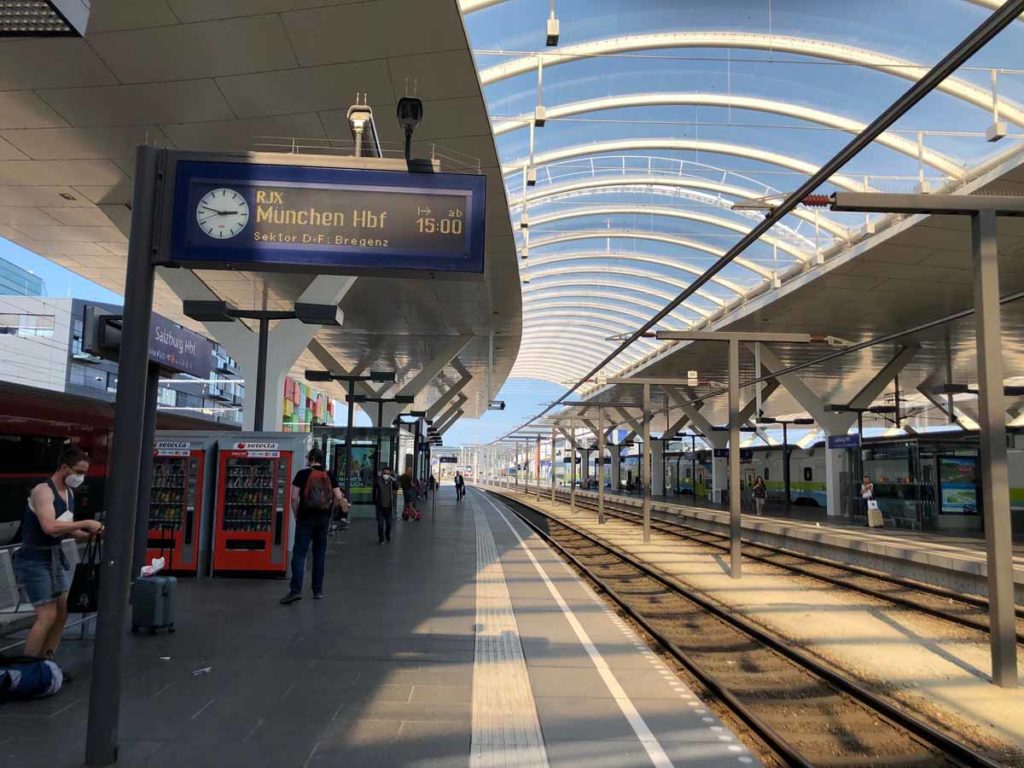
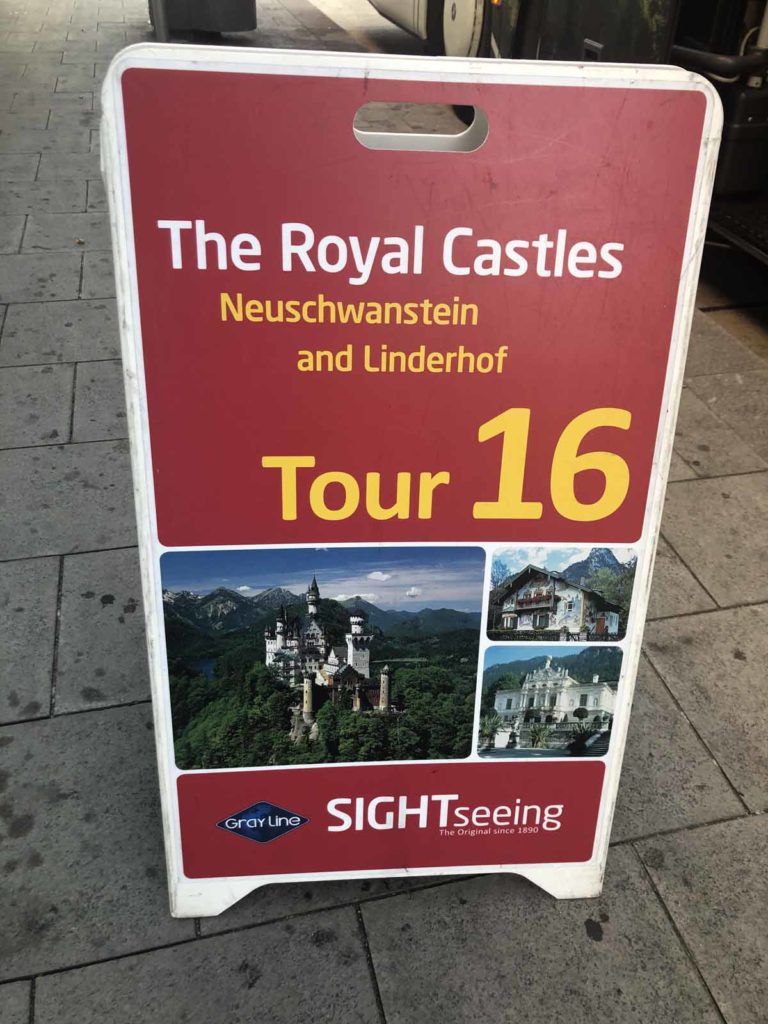
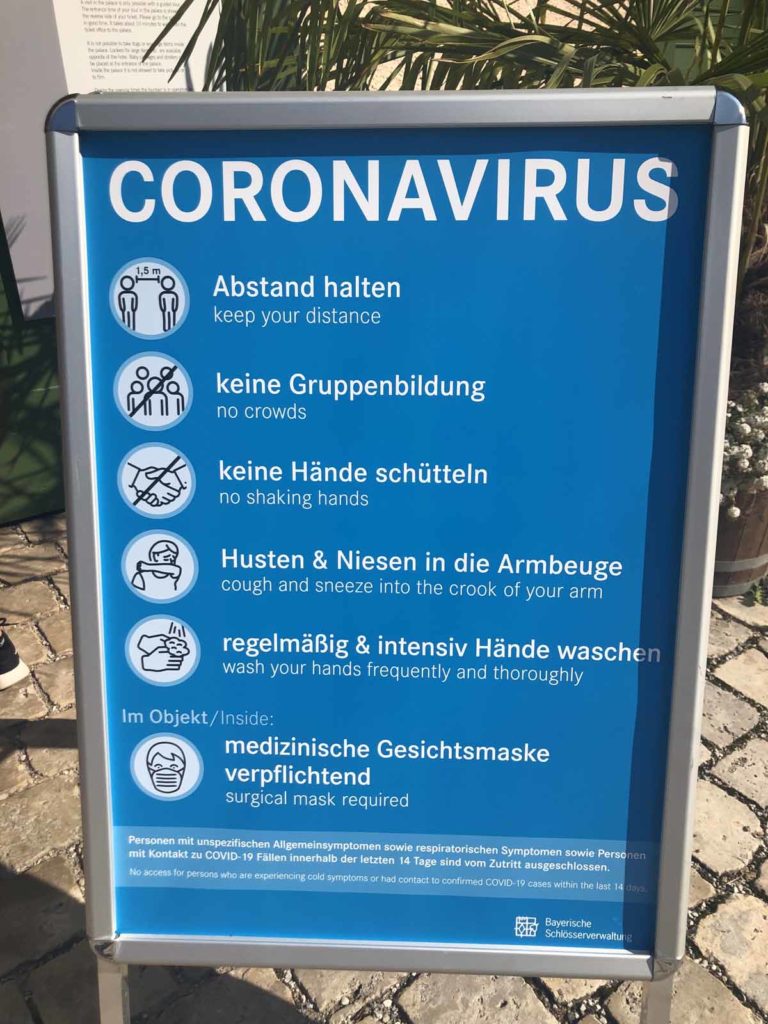
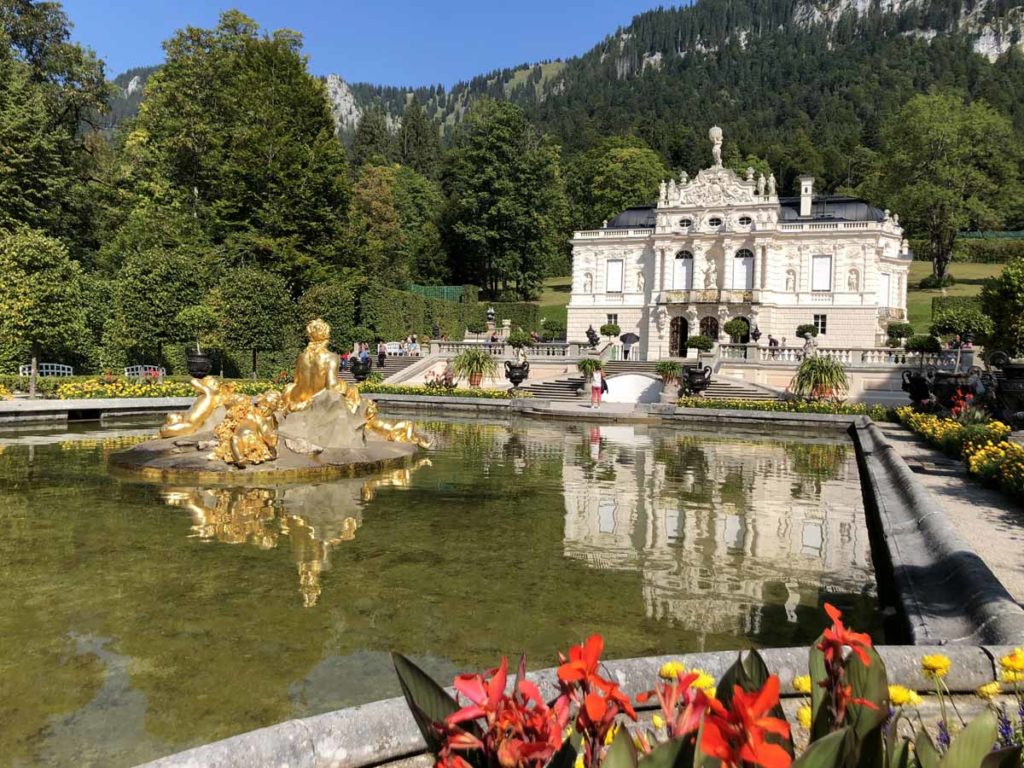
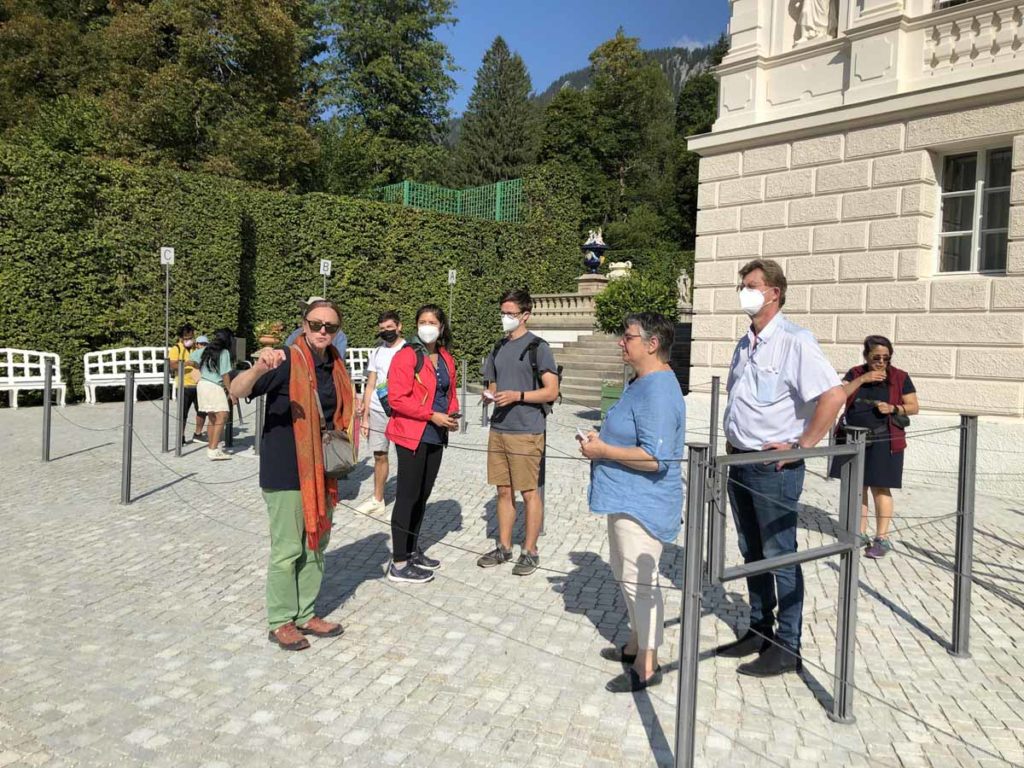
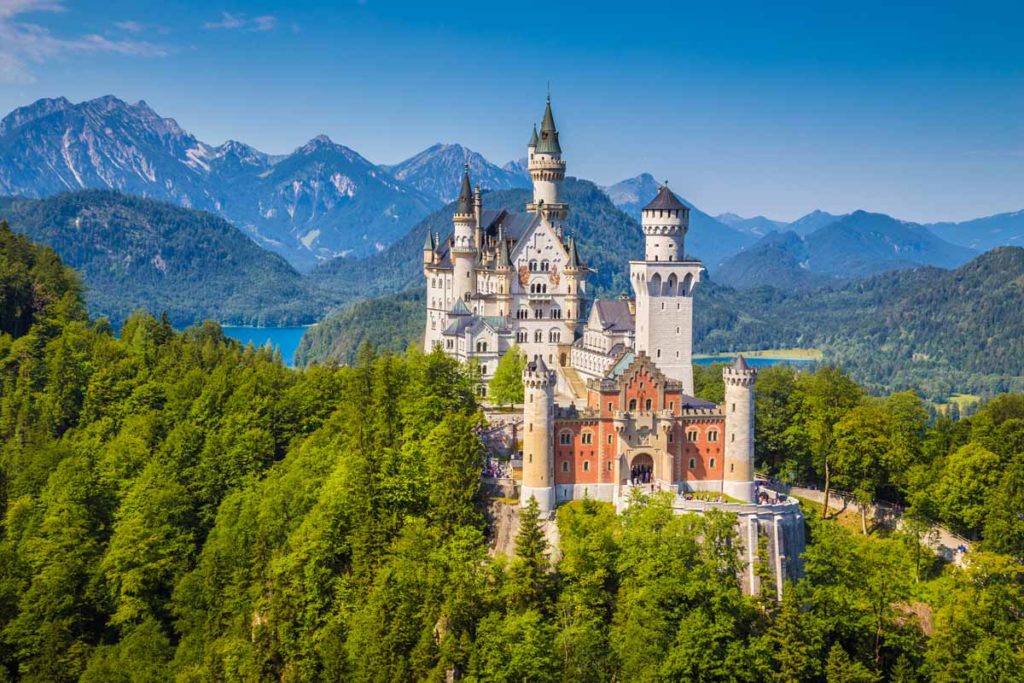
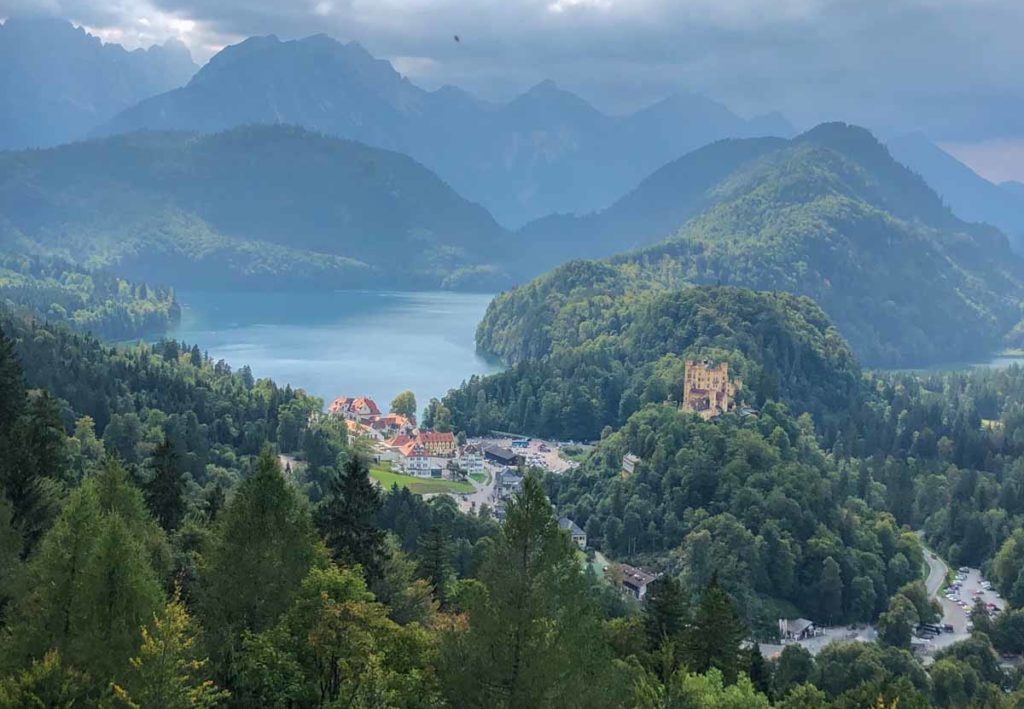
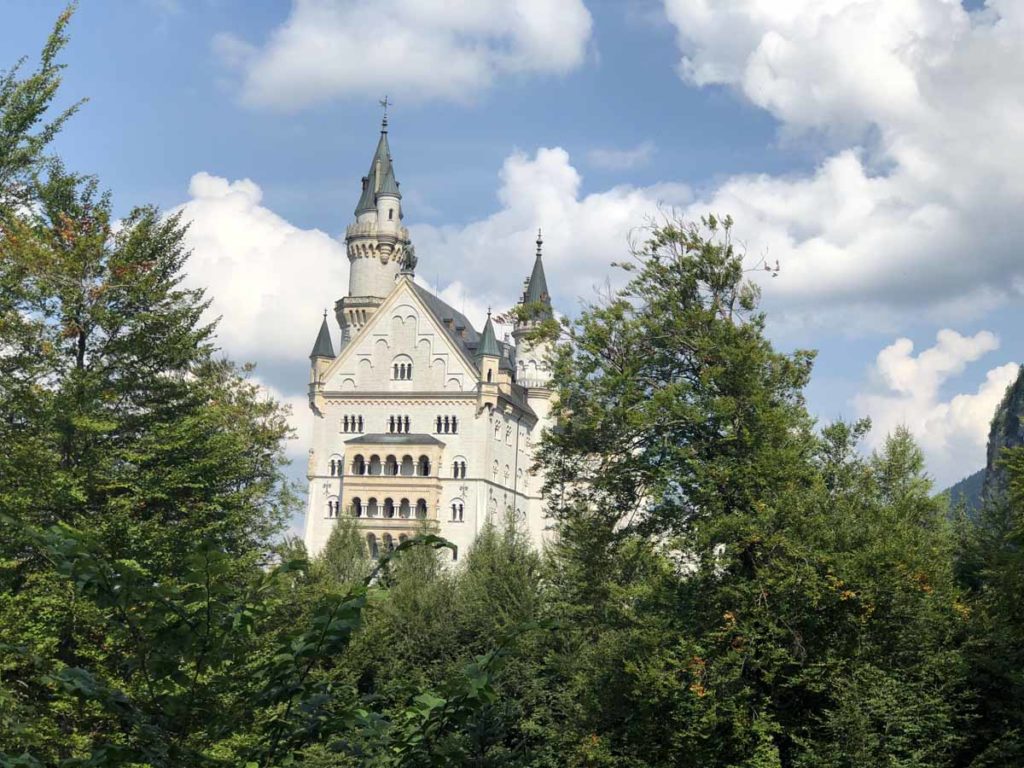
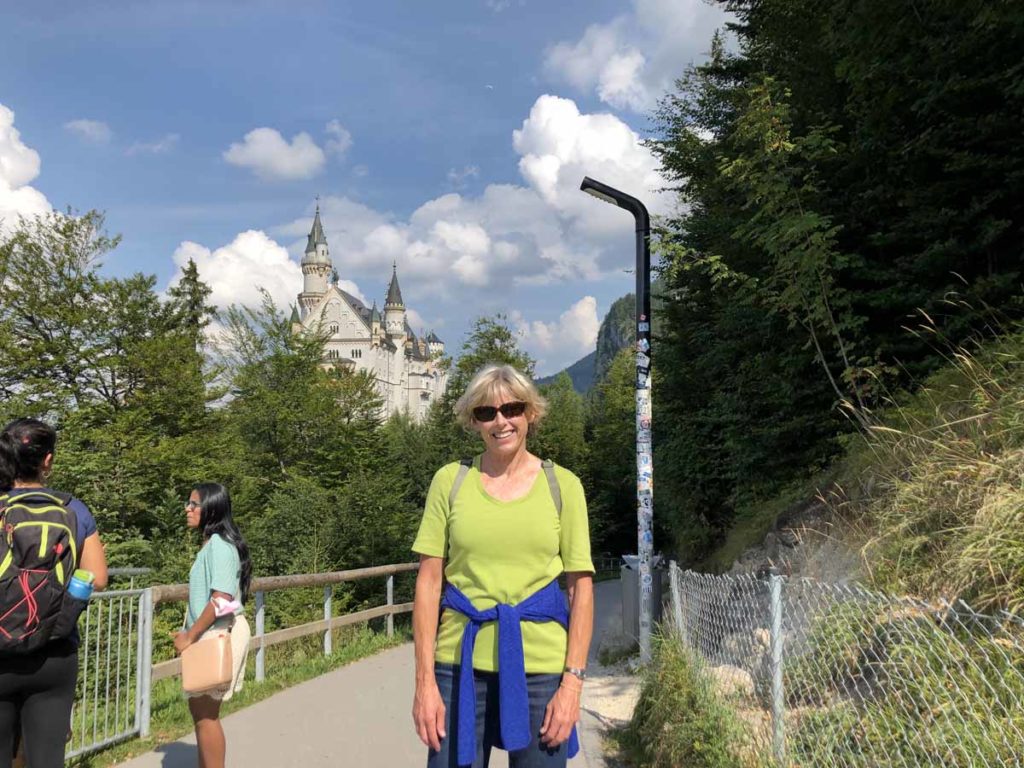
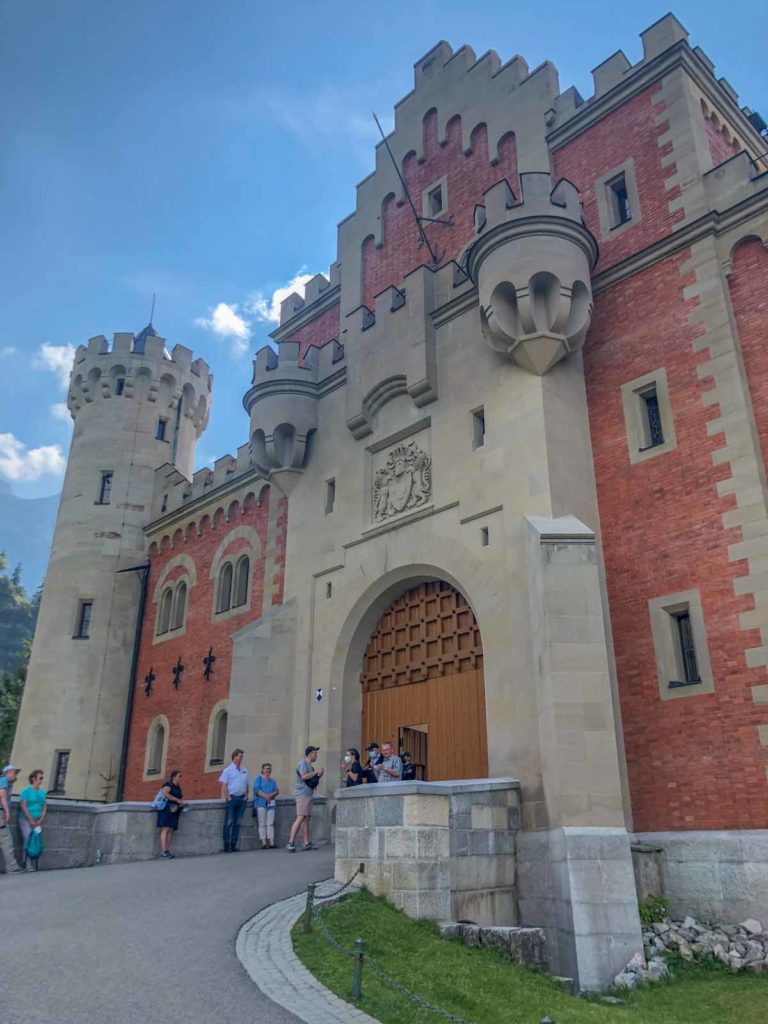
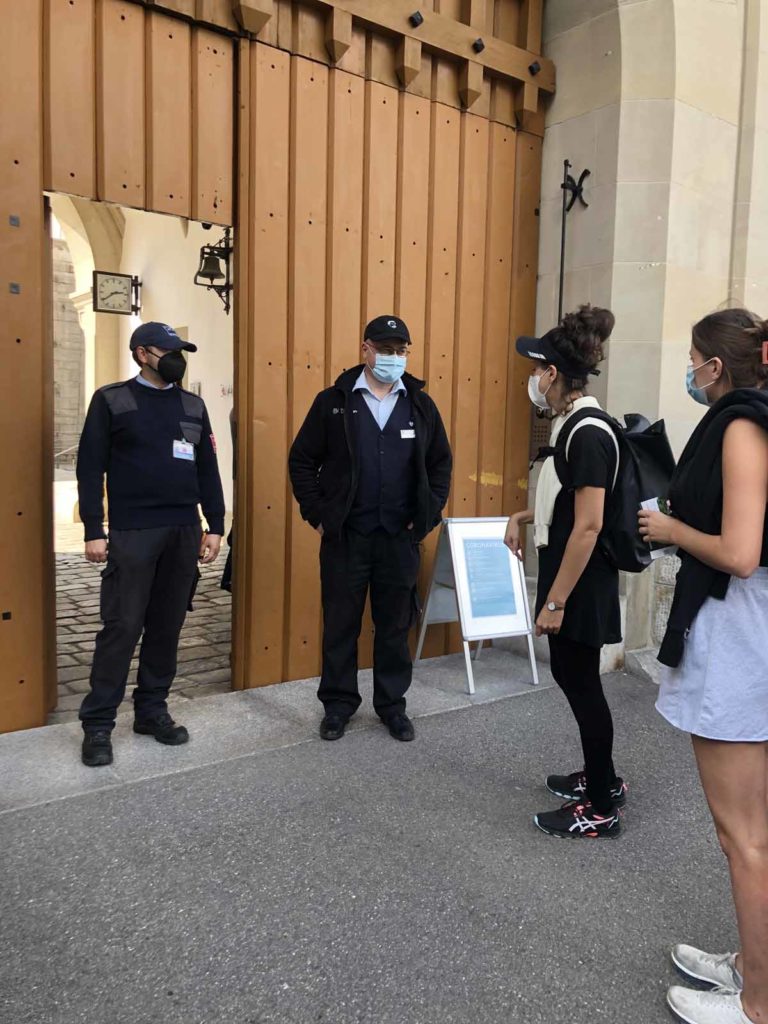
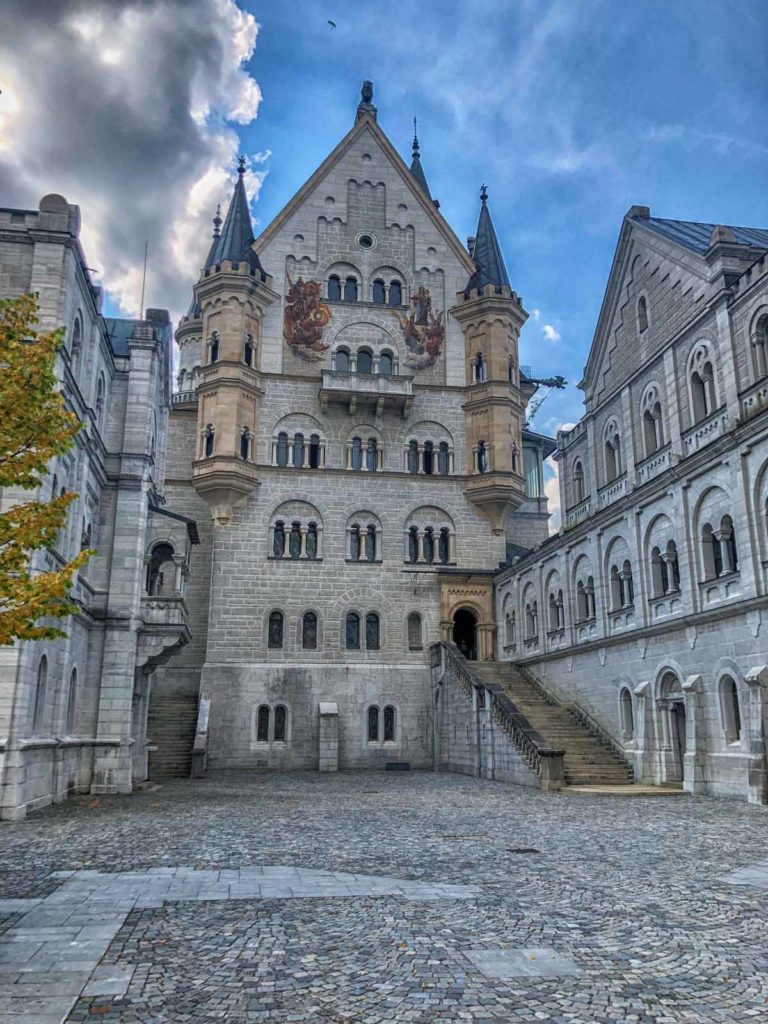
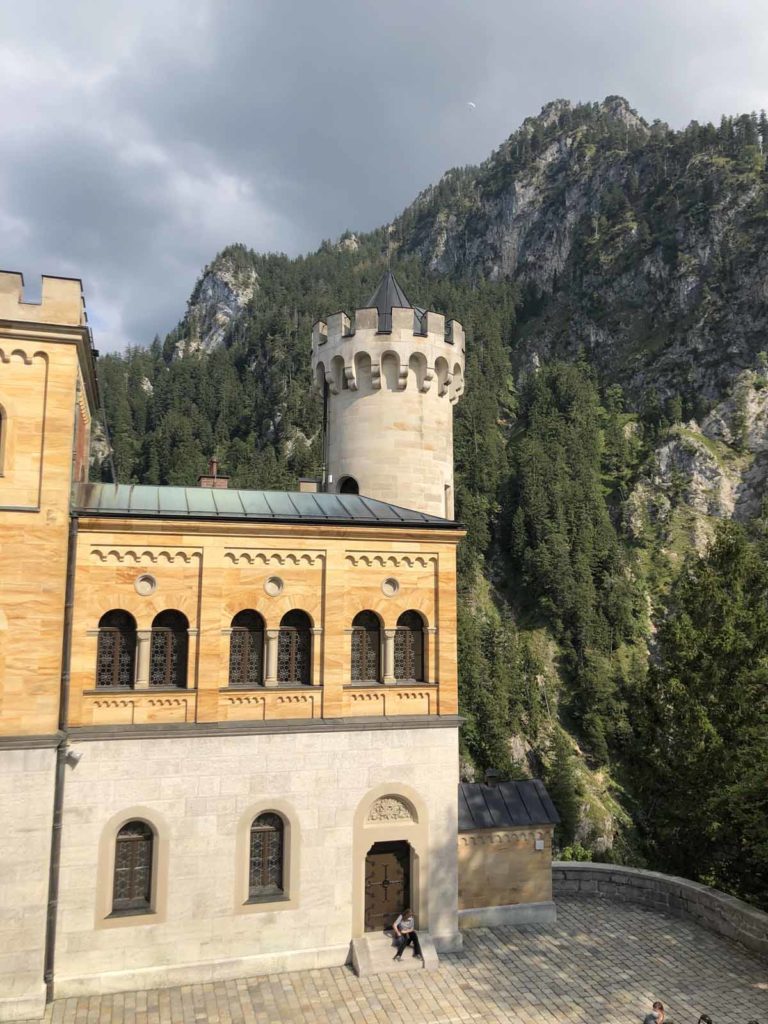
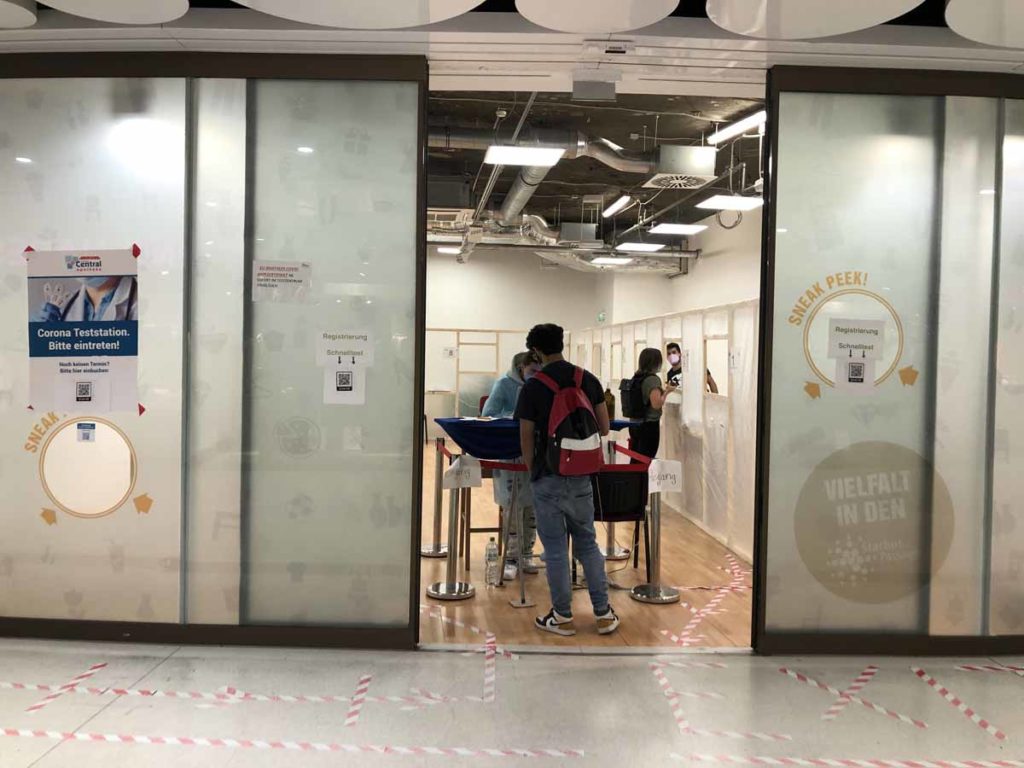
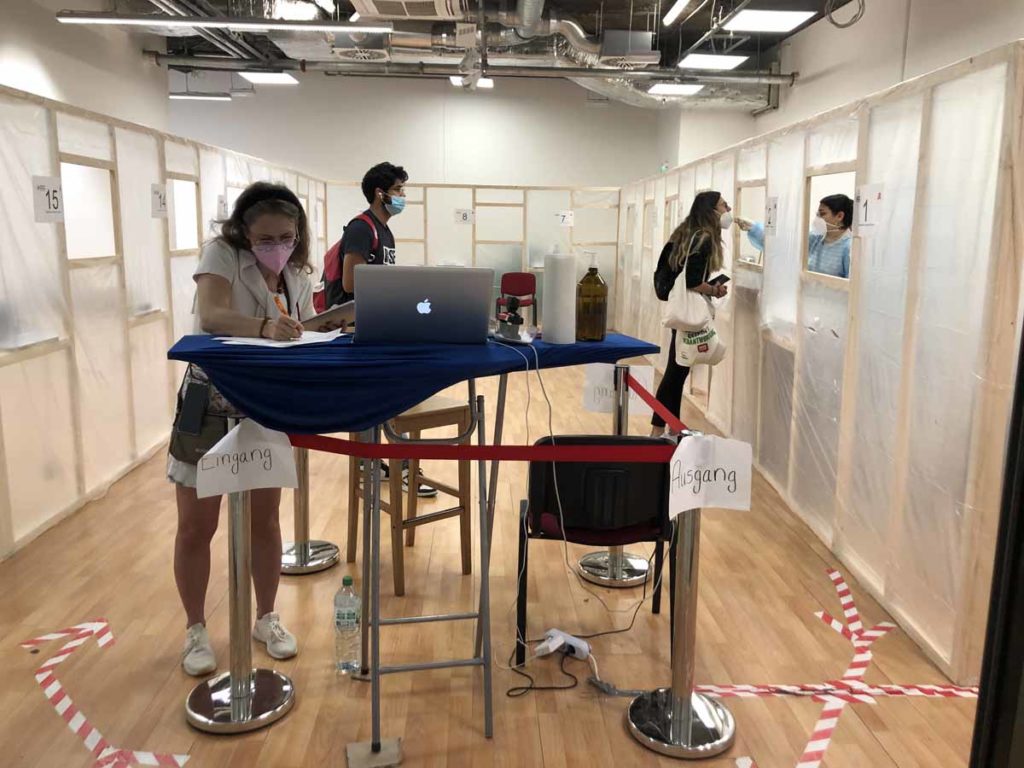
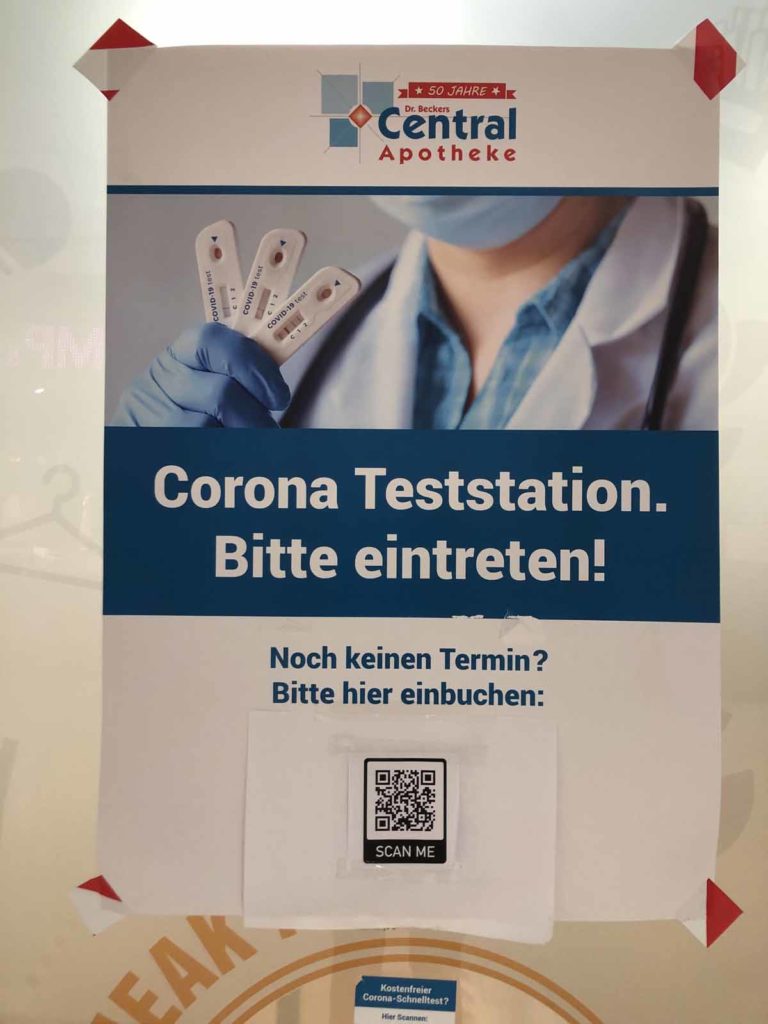
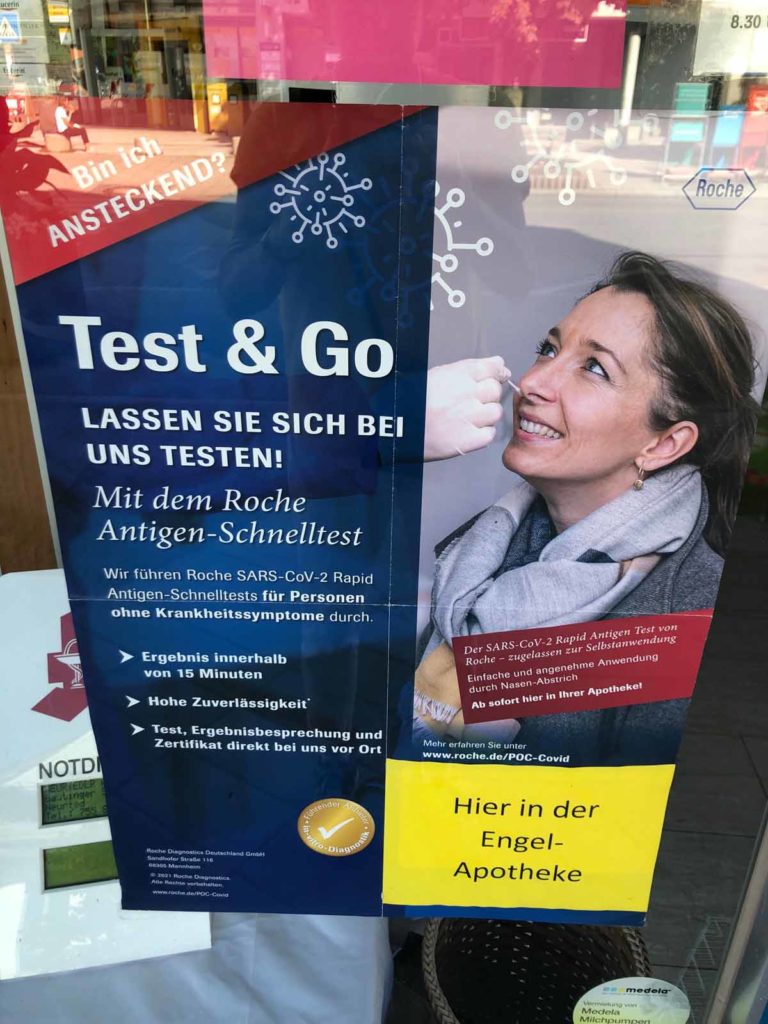
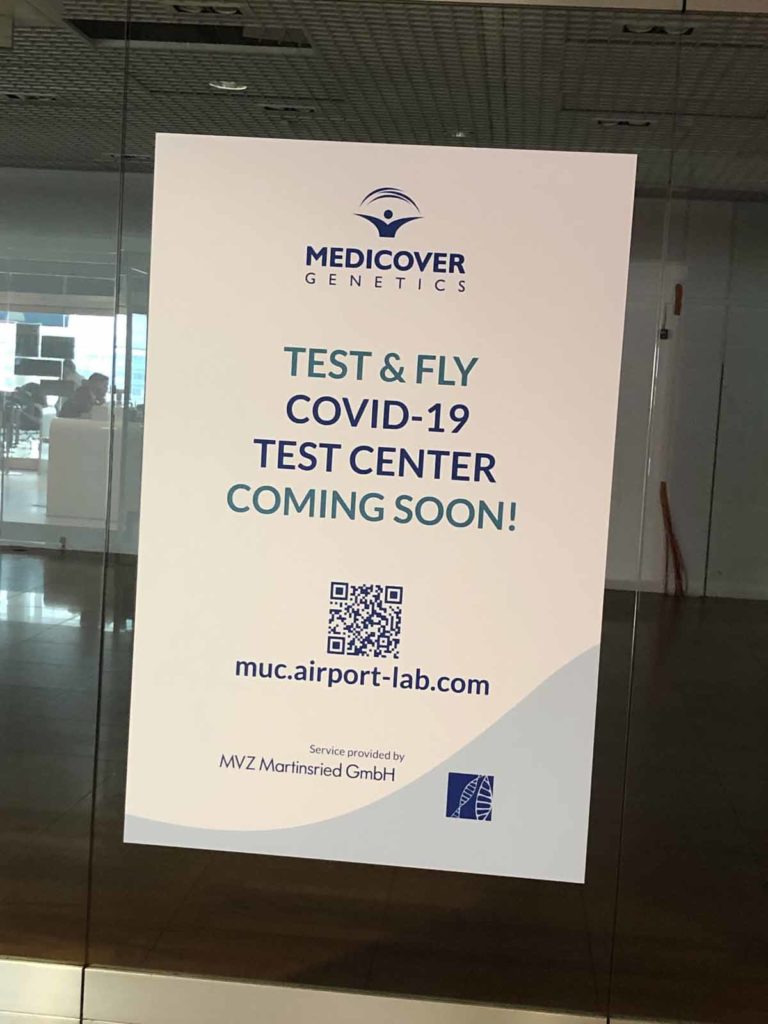
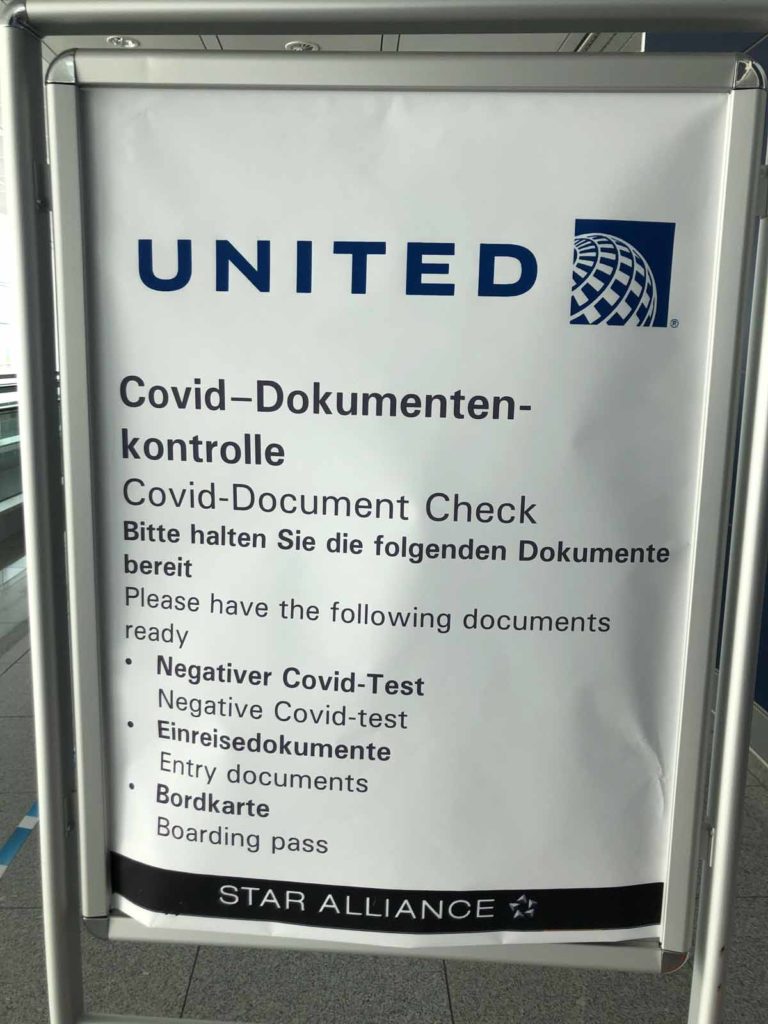
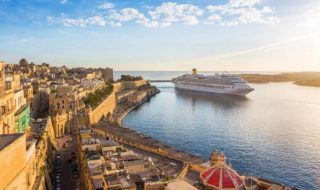
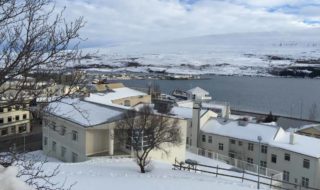
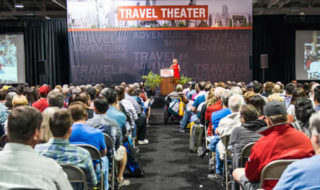
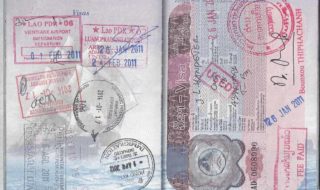
Thanks for all the CV-19 tips. I head for Tahiti 10/02! I took pictures of my CV card but after reading the blog I decided to take it along with me!! See you soon.
Thank you, Debbie. Glad this was helpful. Hope you have a wonderful trip to Tahiti! I’ll be interested to hear how things are there in the South Pacific!
A well deserved FABULOUS trip, Janet. Of course, I’m jealous! Thanks for all the details. Loved that you had lots of room on the airplane to stretch out – what a treat! I loved your cultural visits along with your visits with friends. SUPER!!!!
Thanks so much, Rita for your very kind words. Glad you enjoyed, including the vicarious spacious plane ride. Yes, this trip was part exploration and part “hanging” with wonderfulEuropean locals.